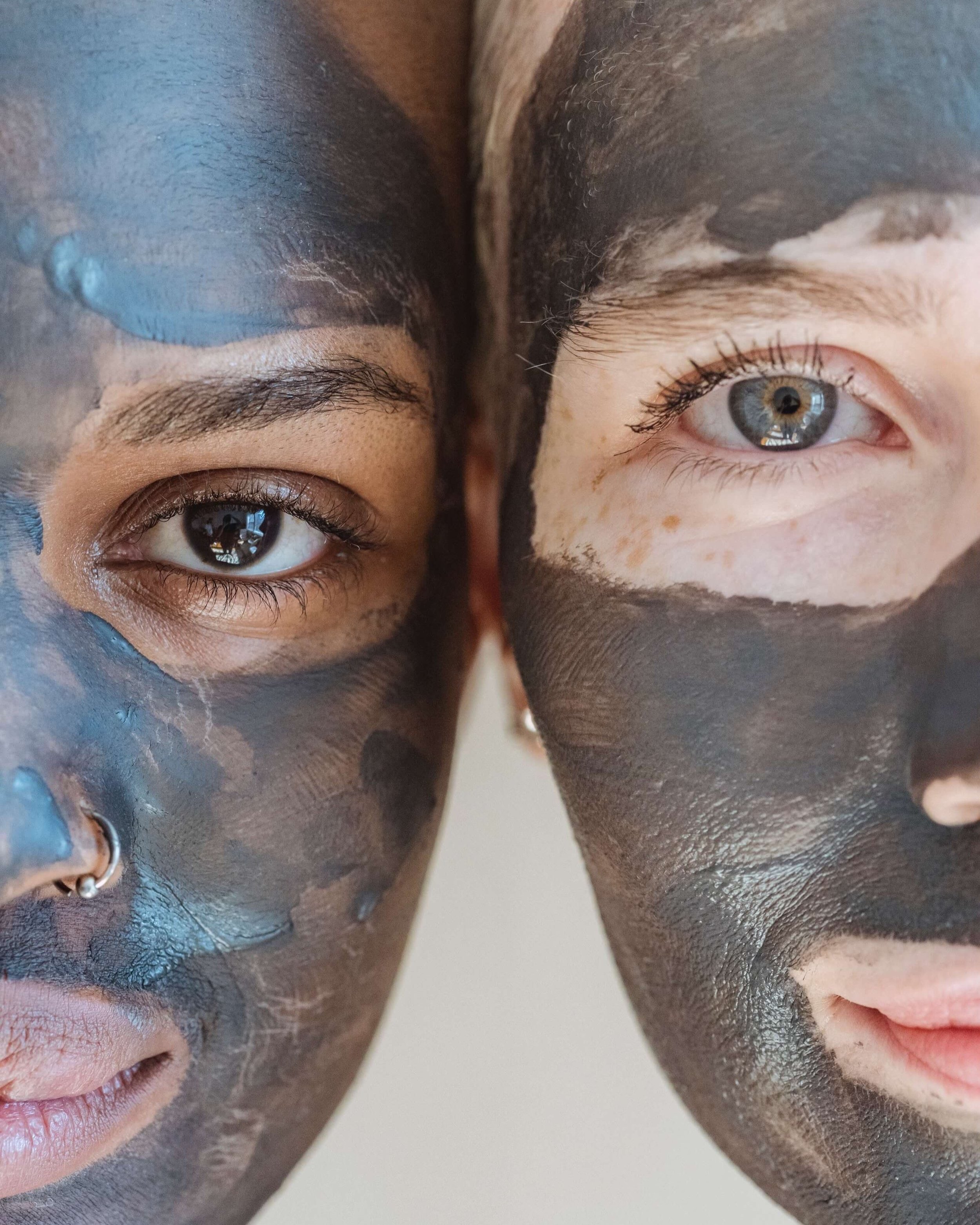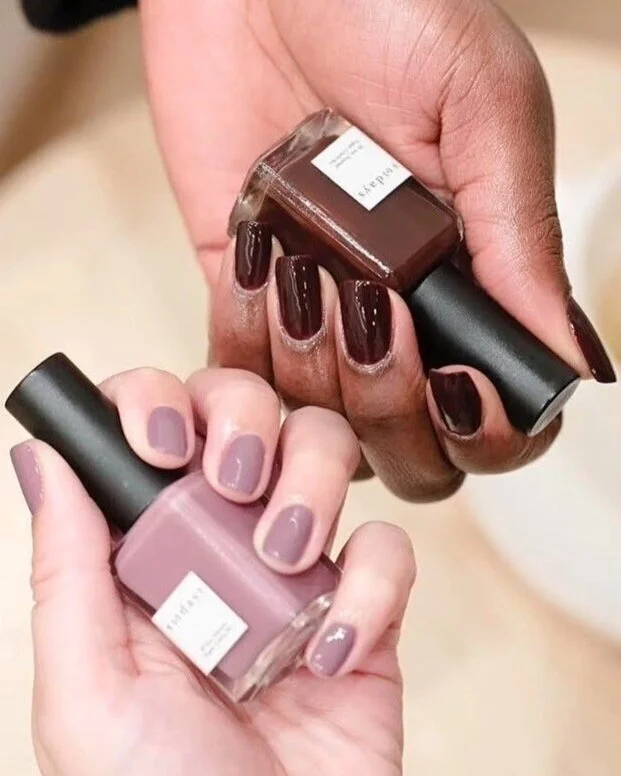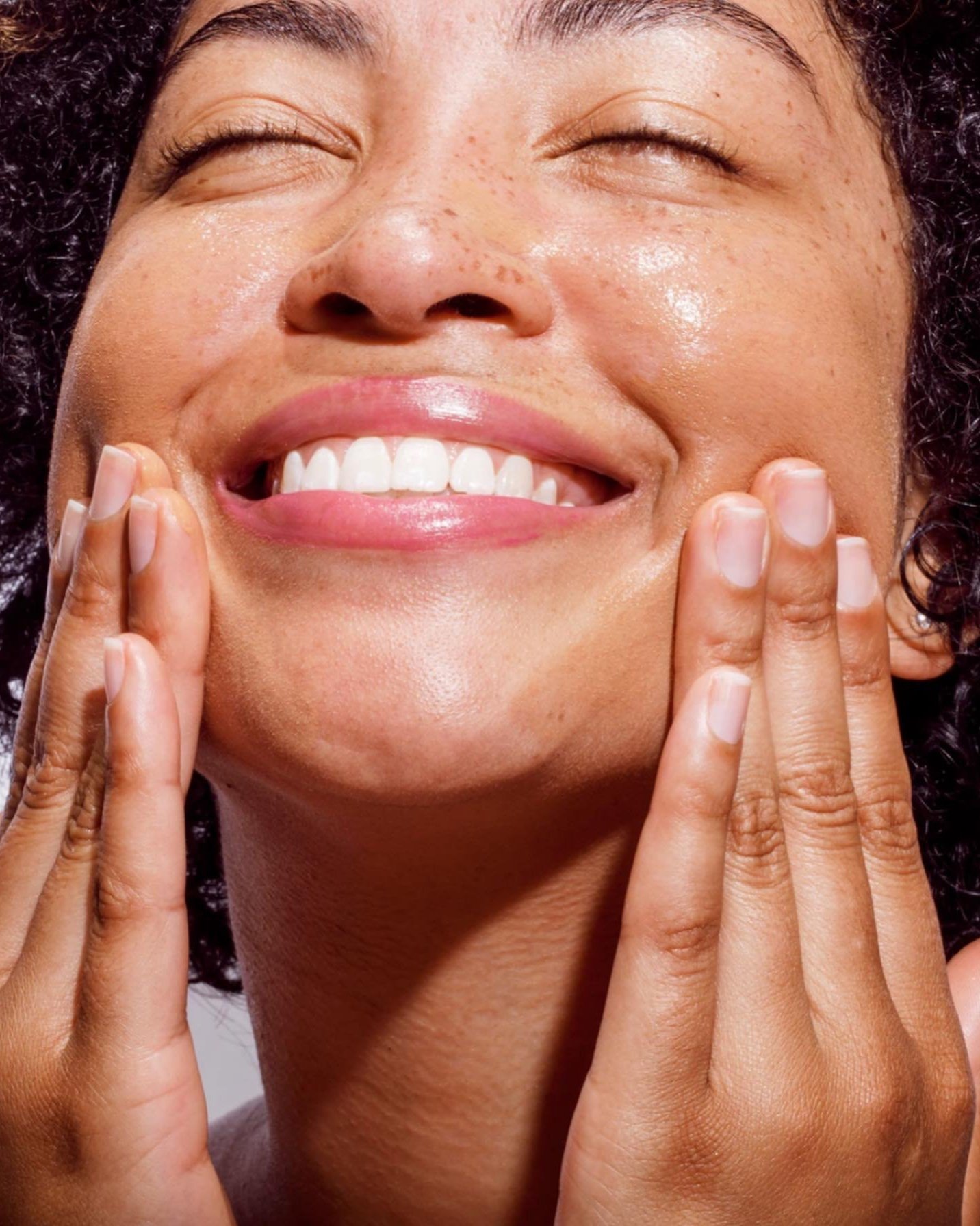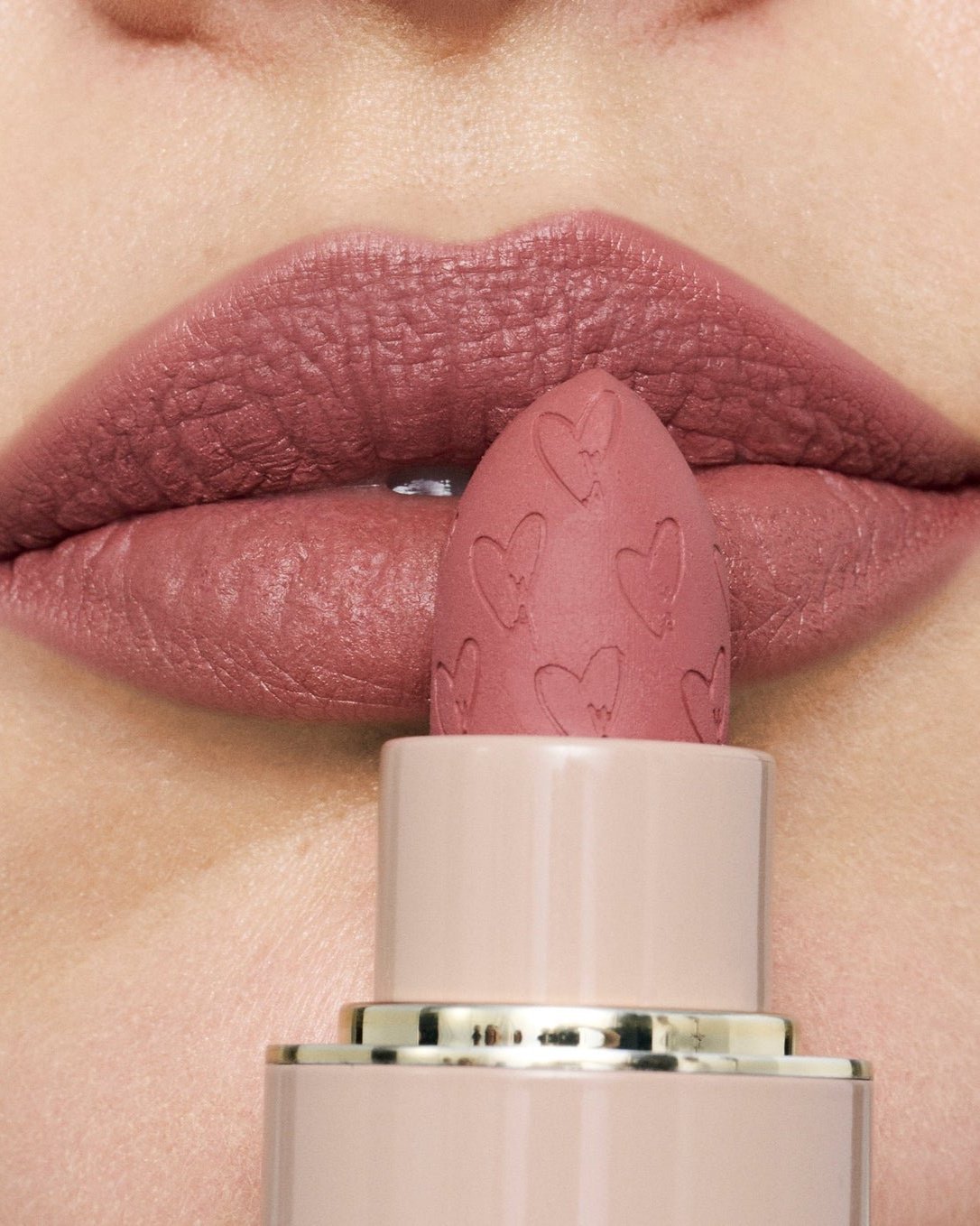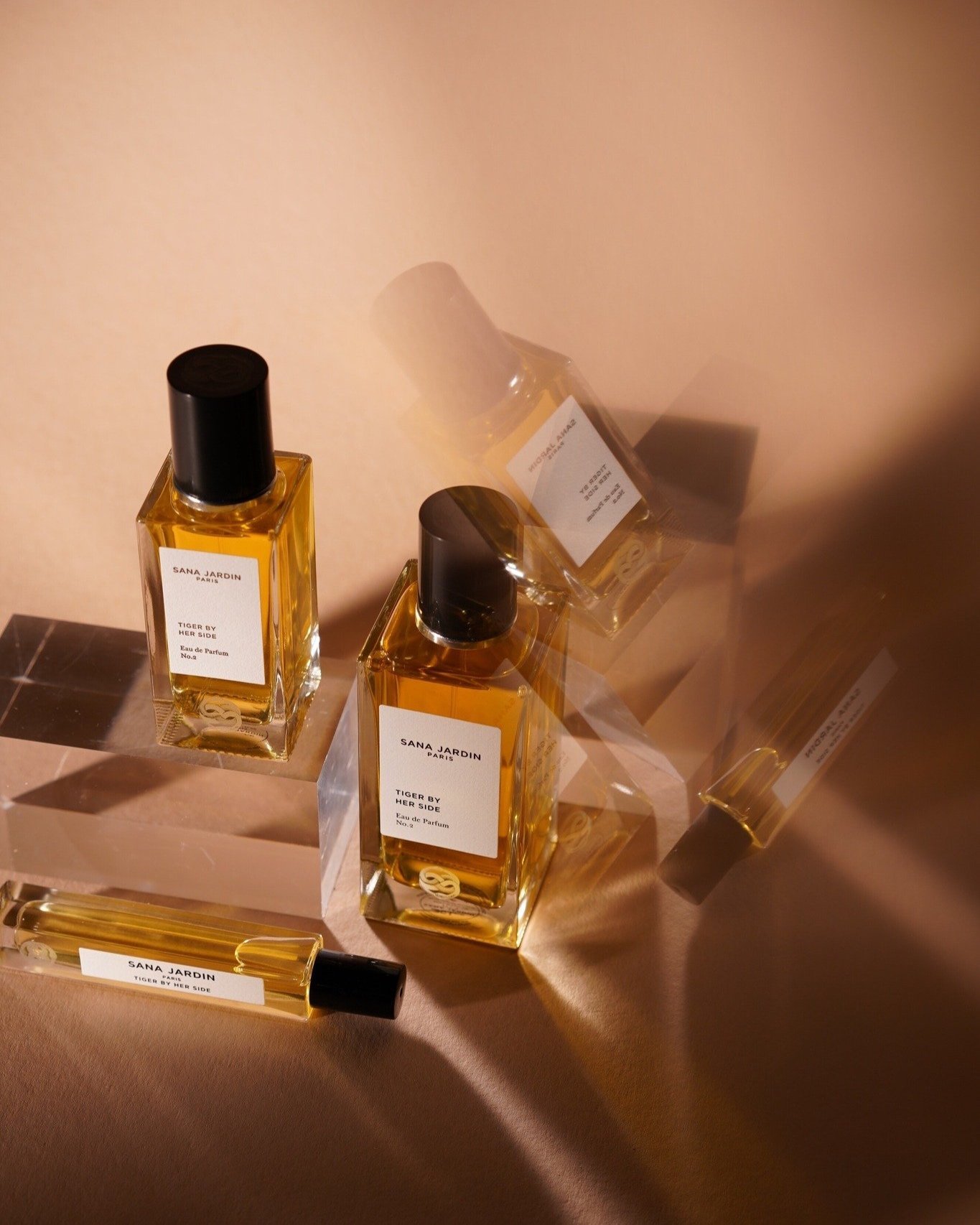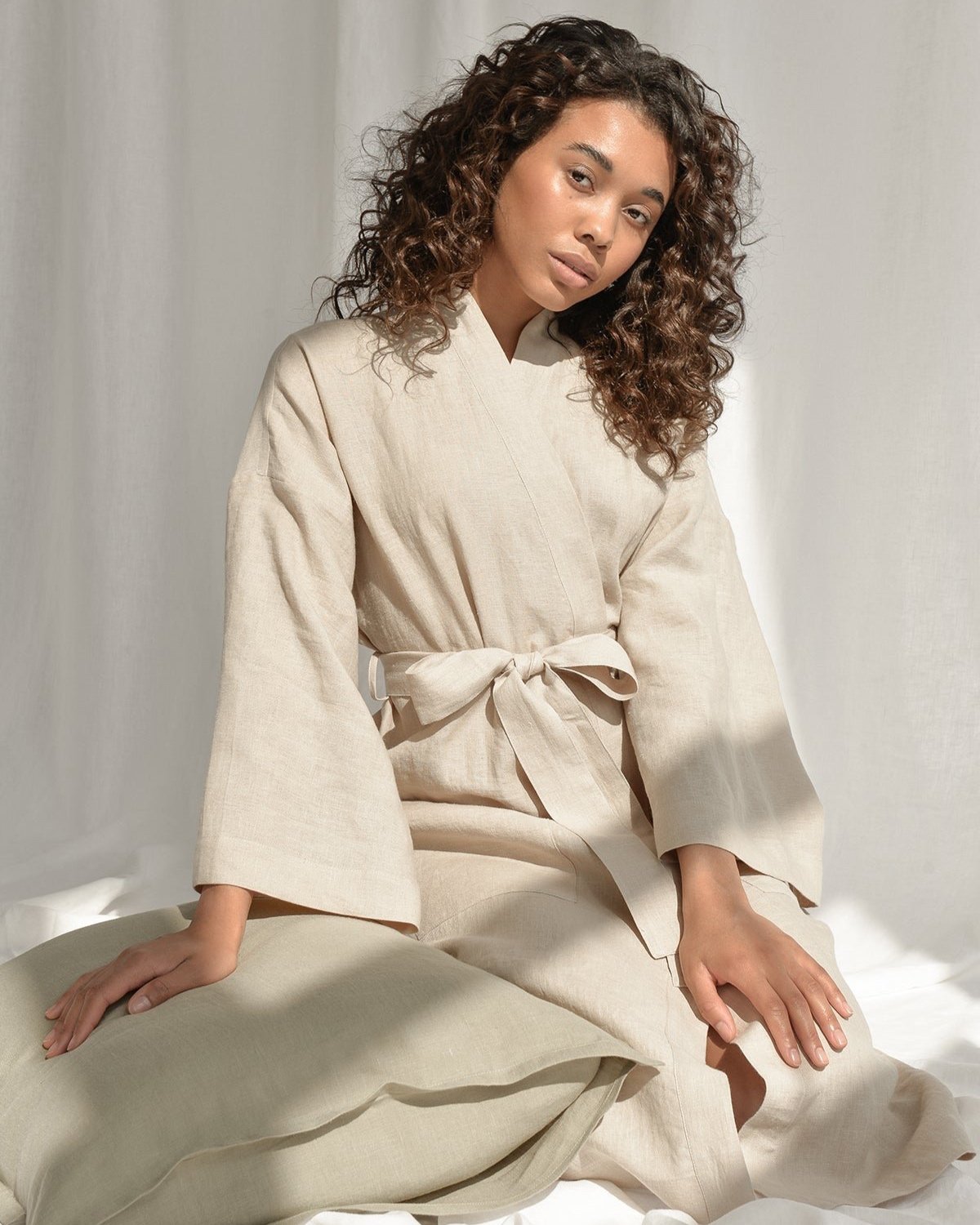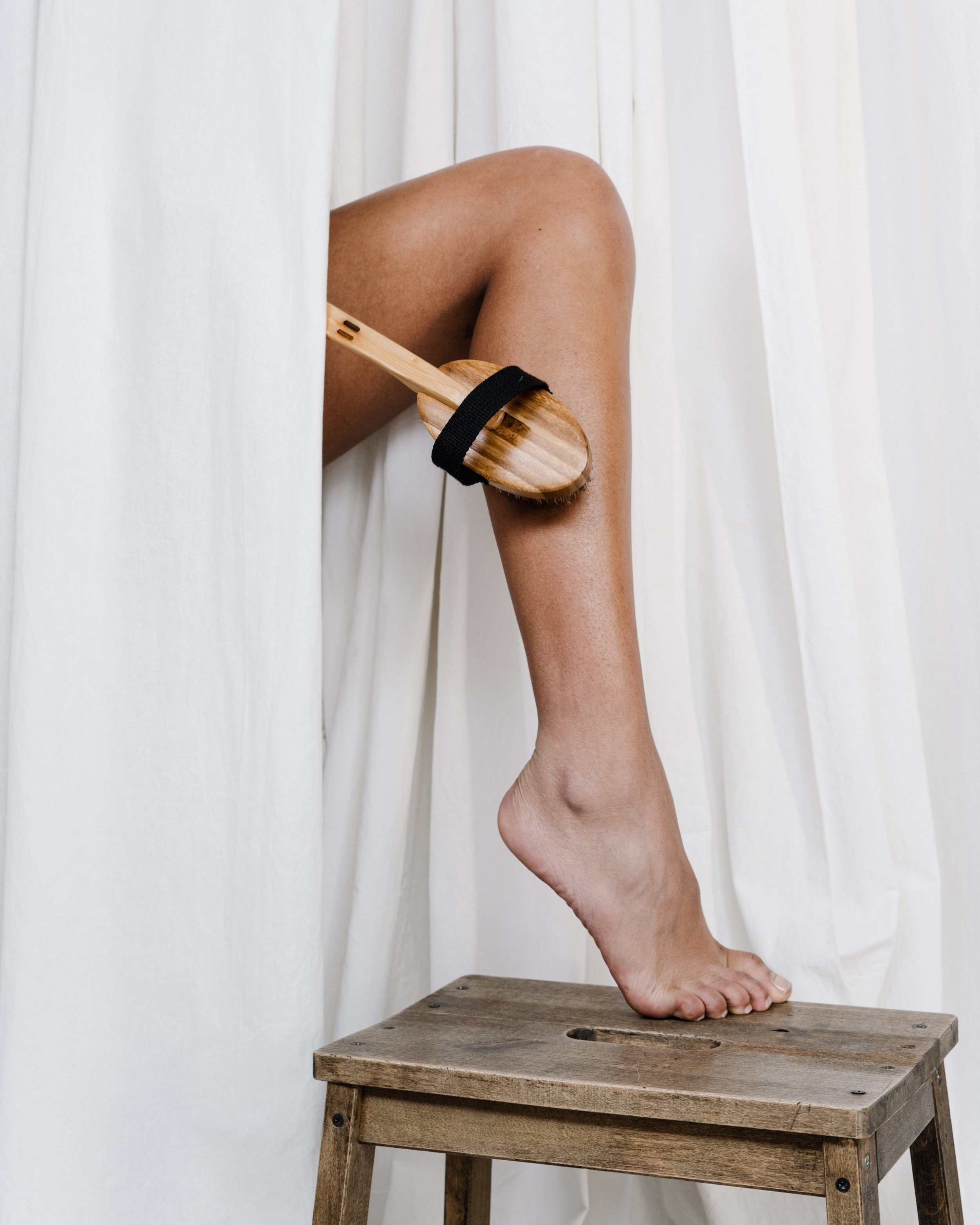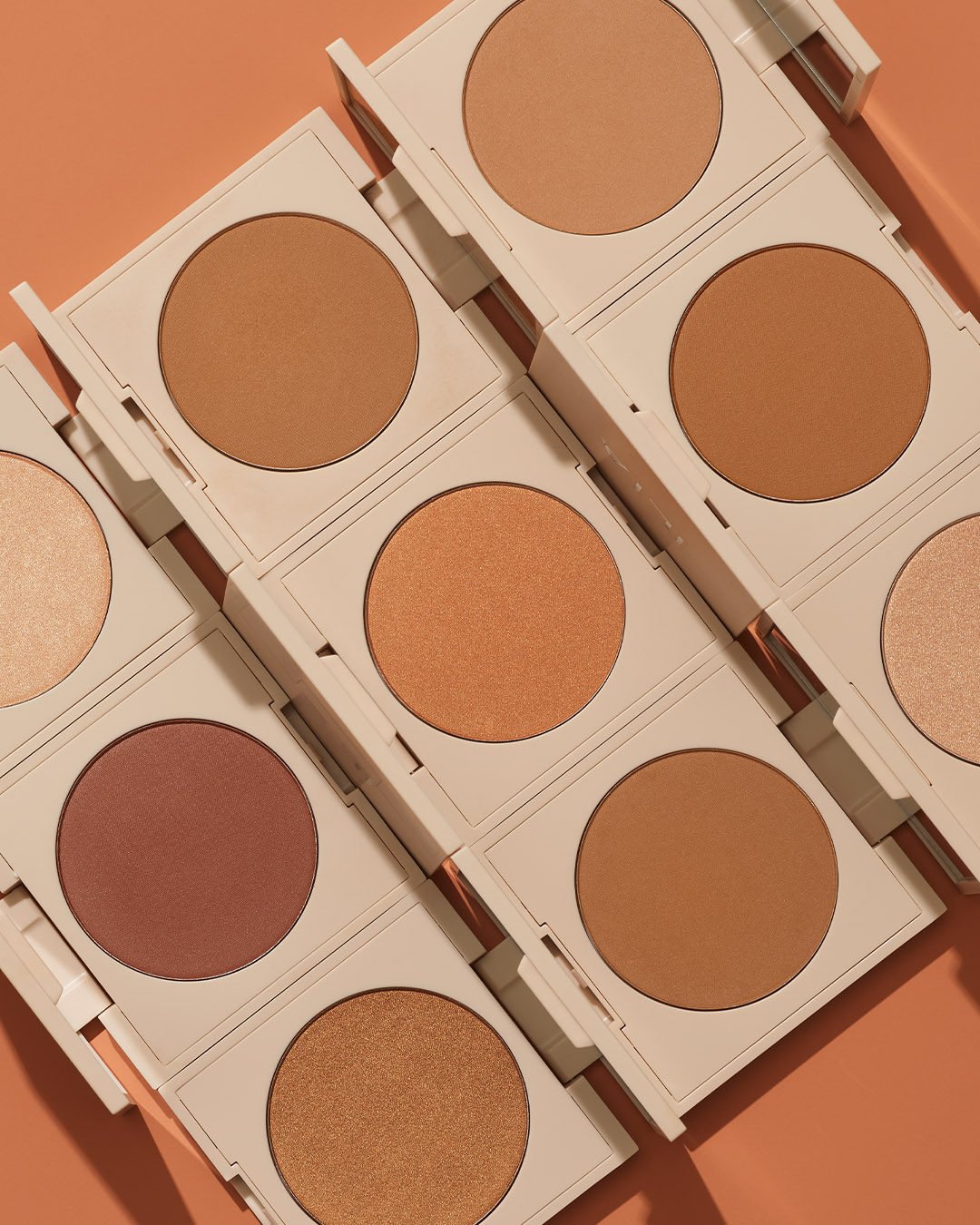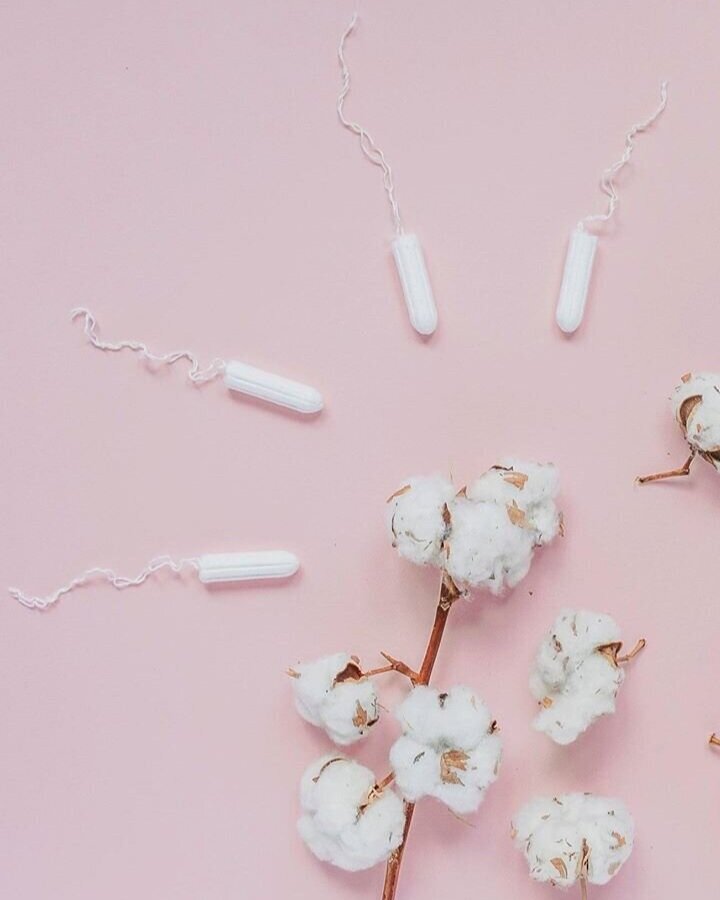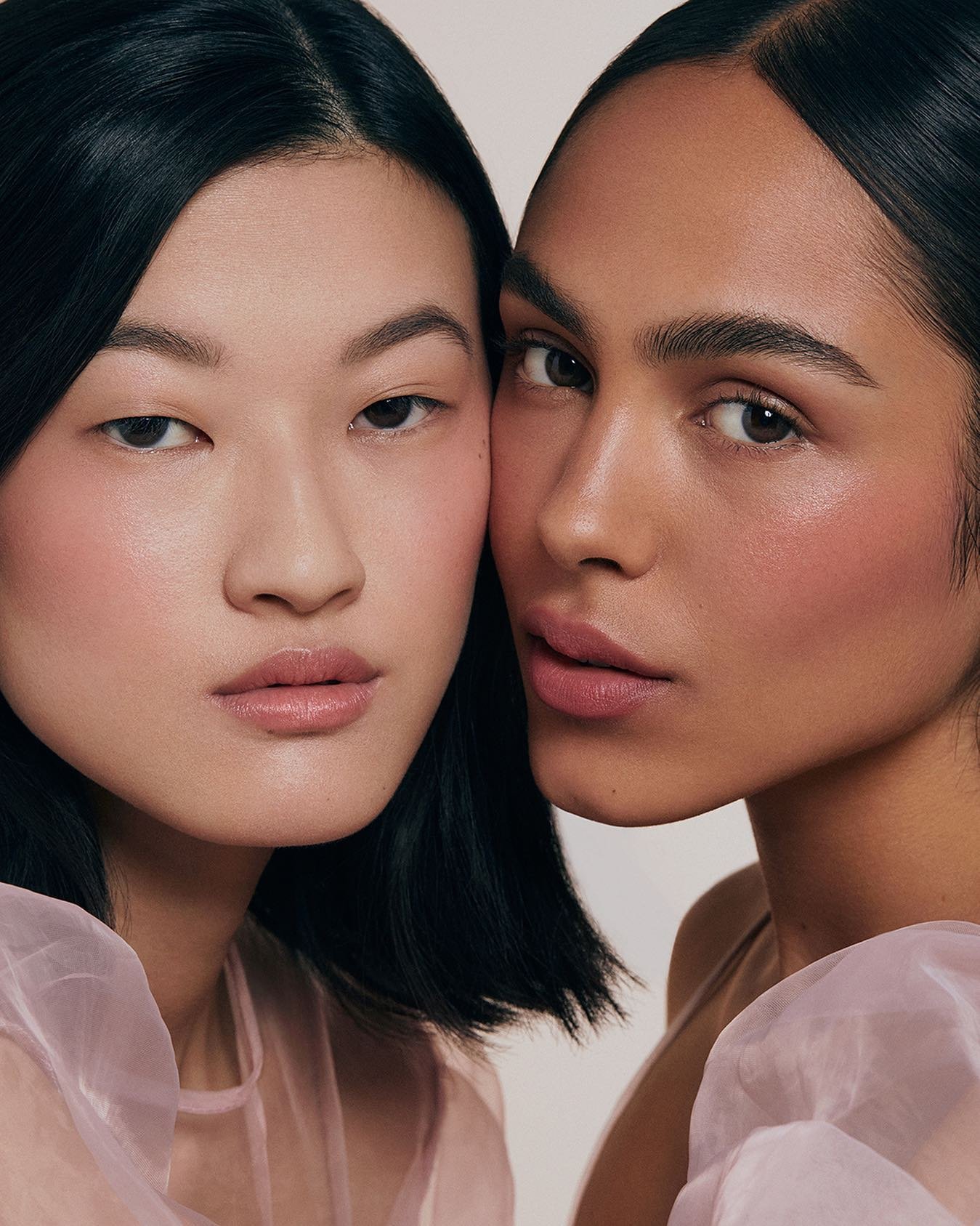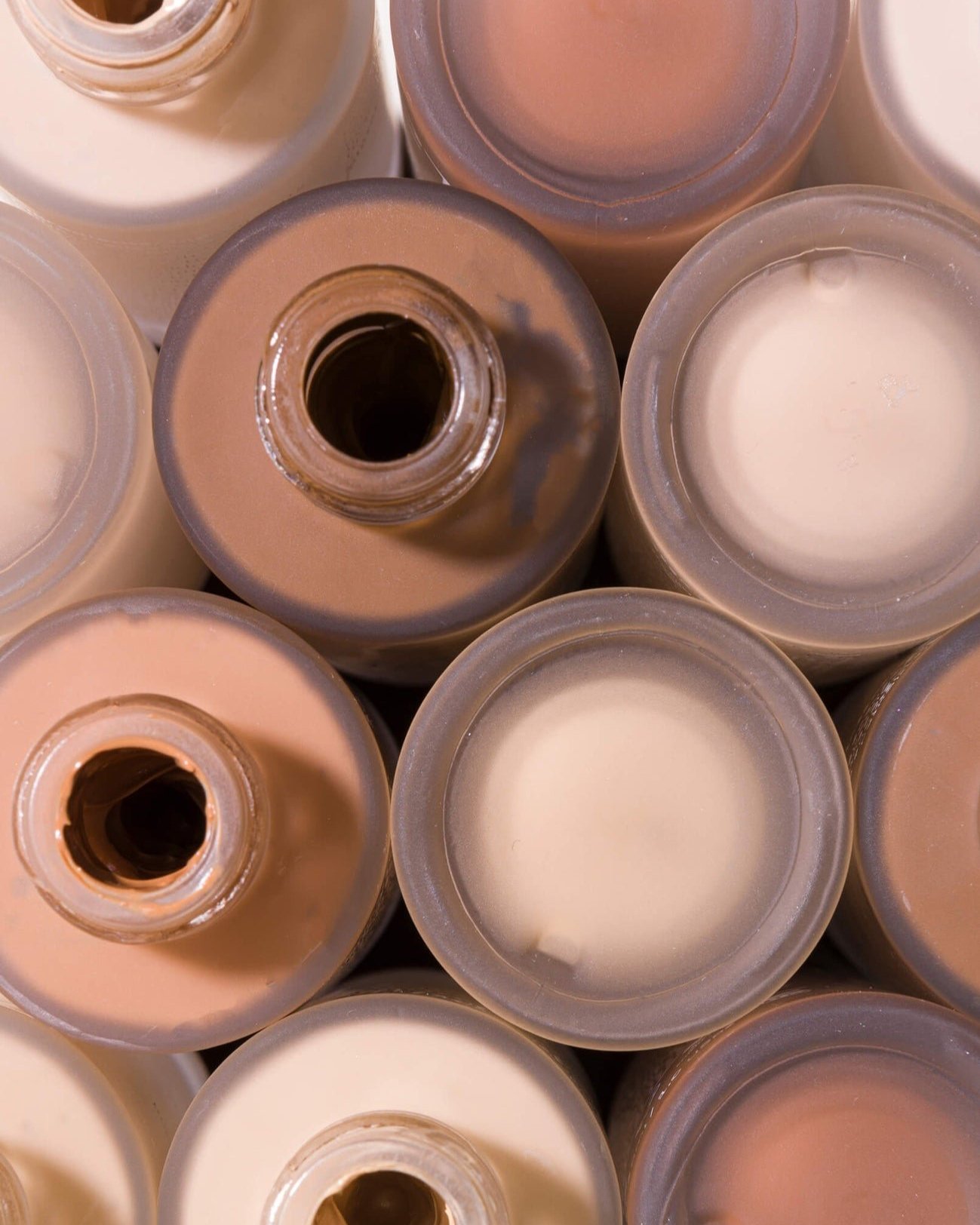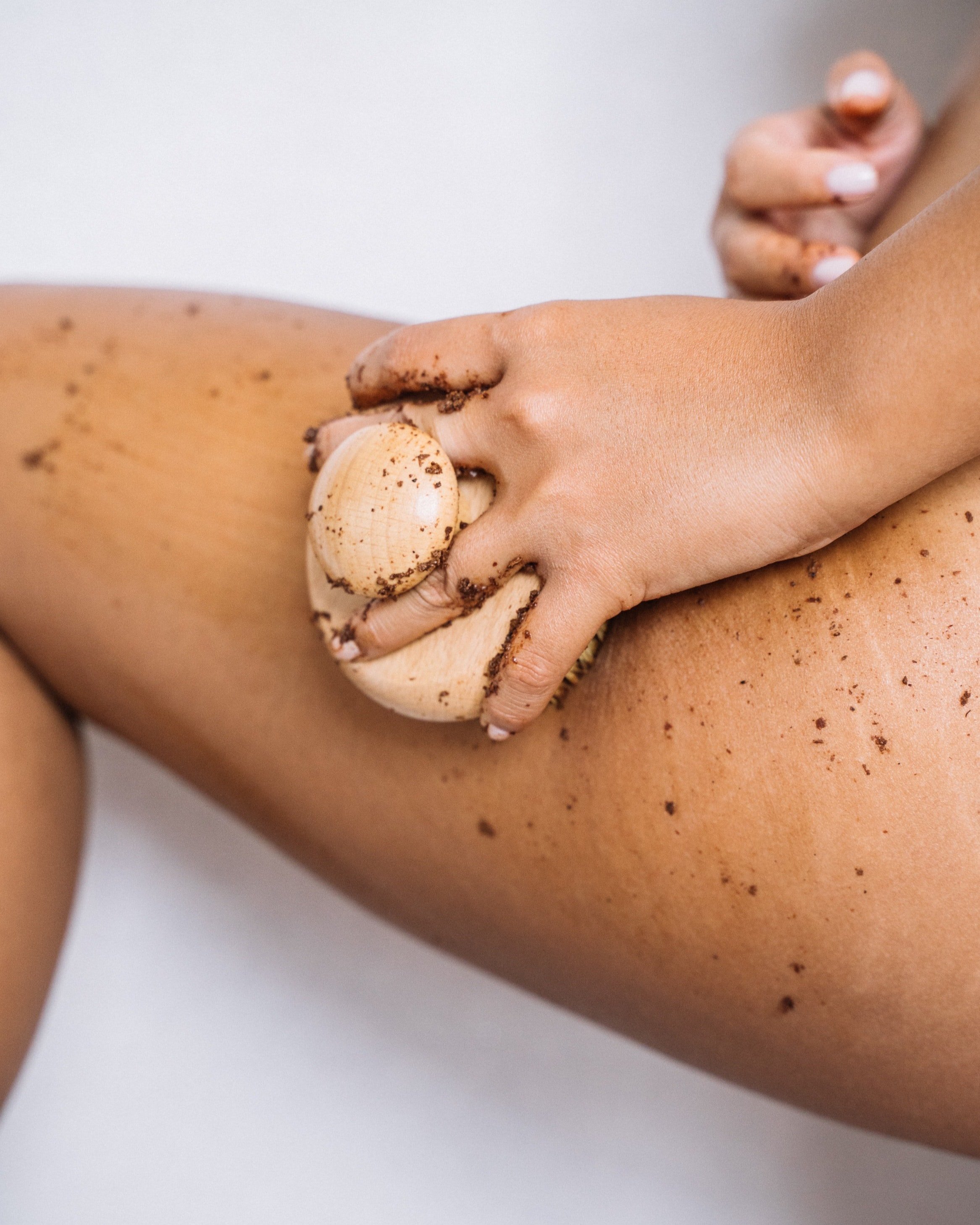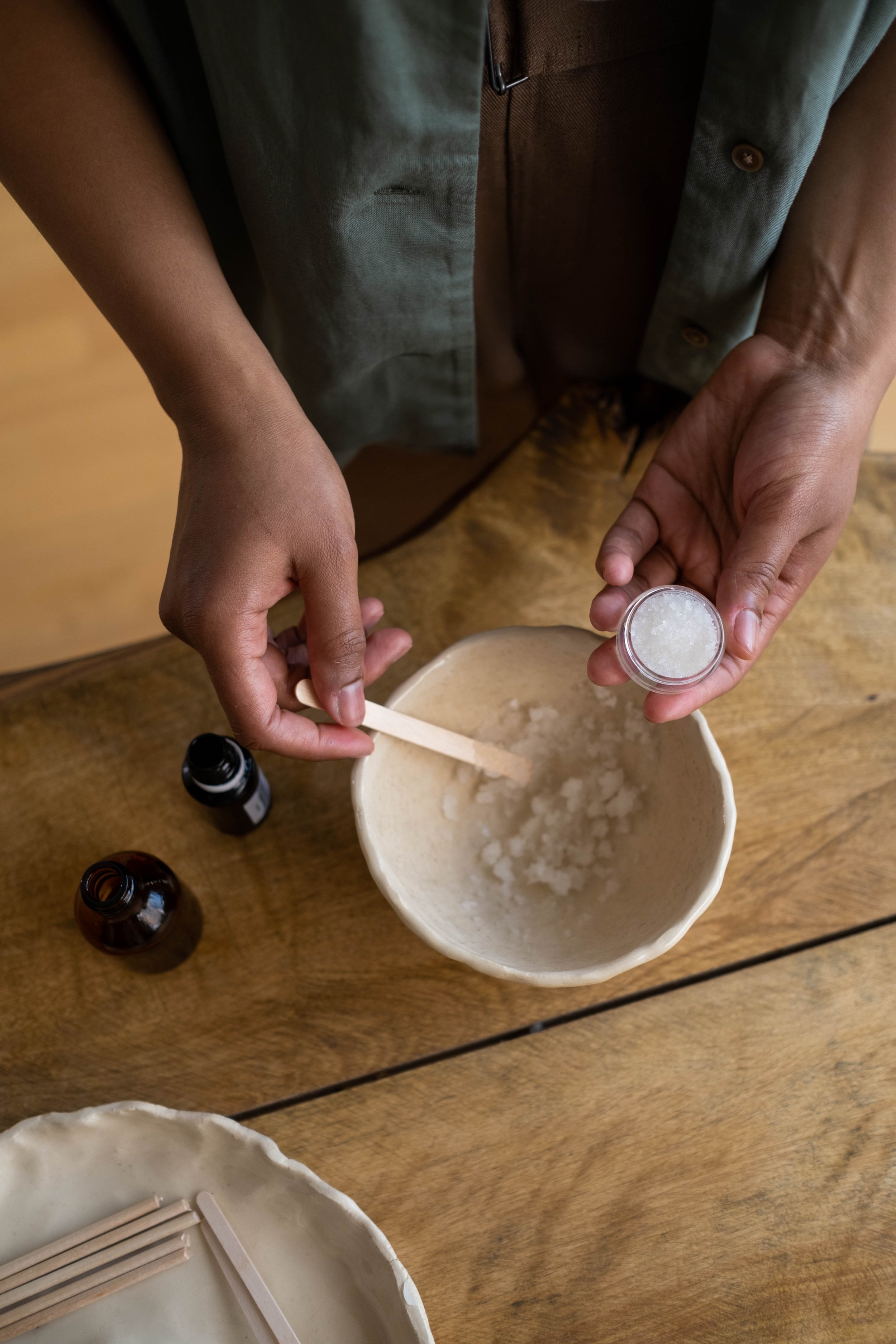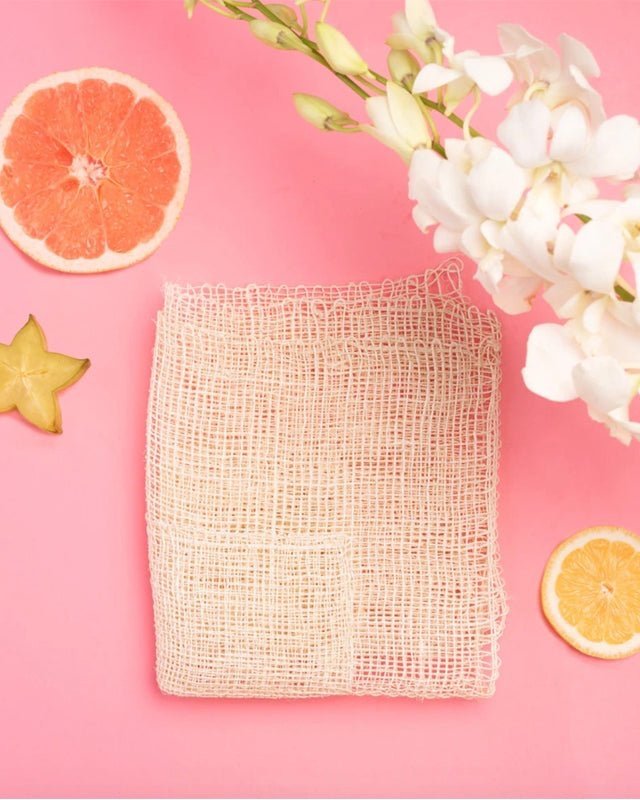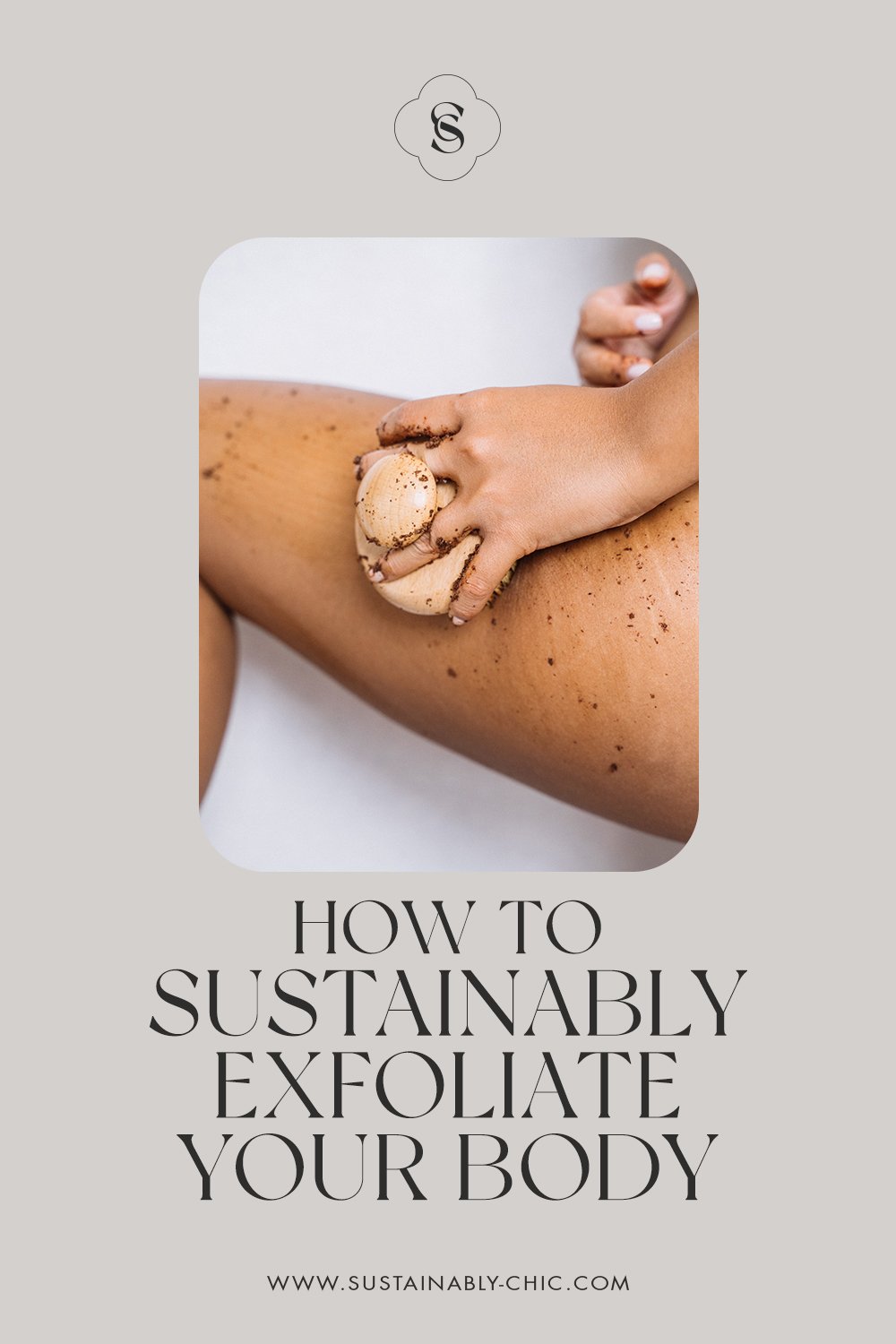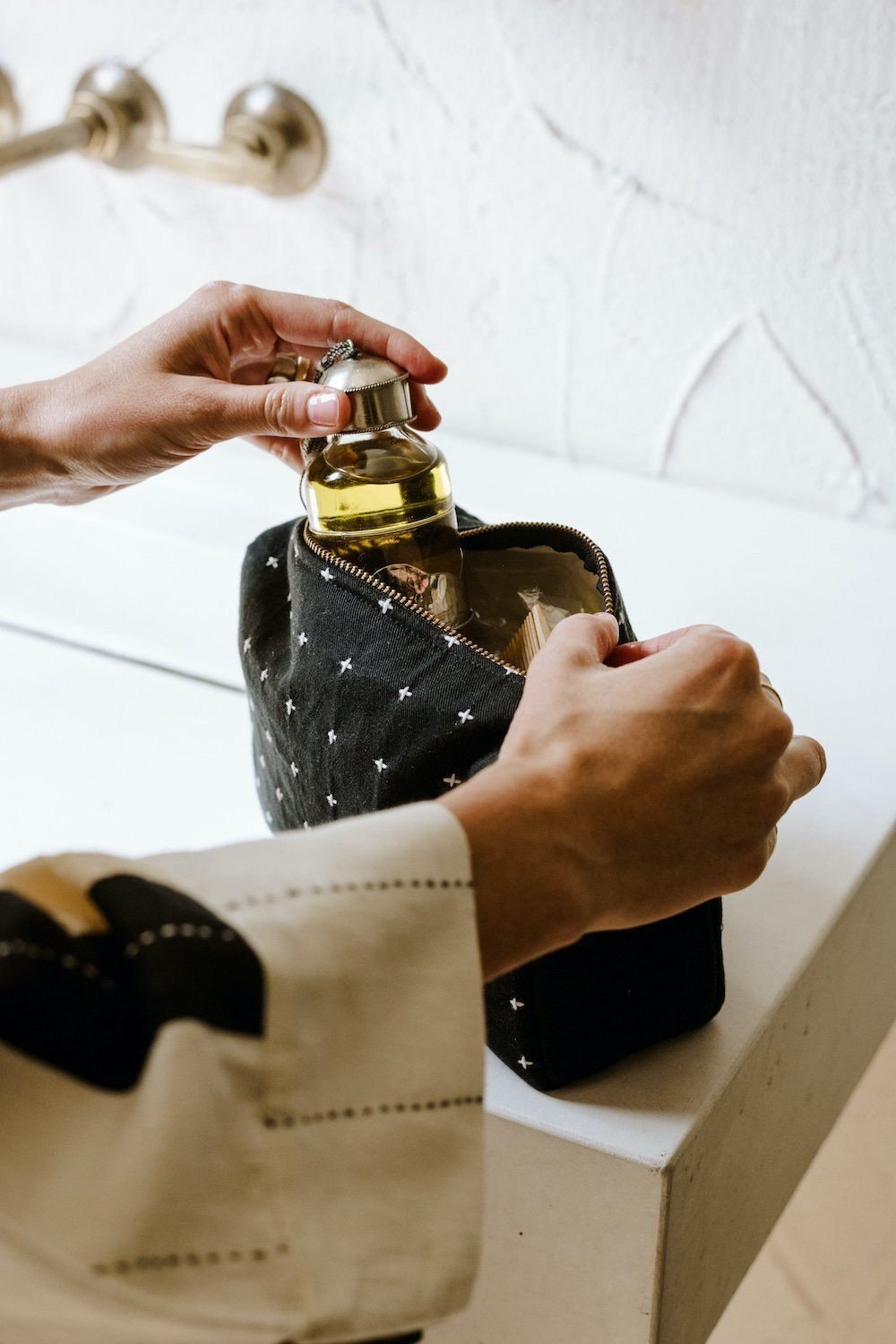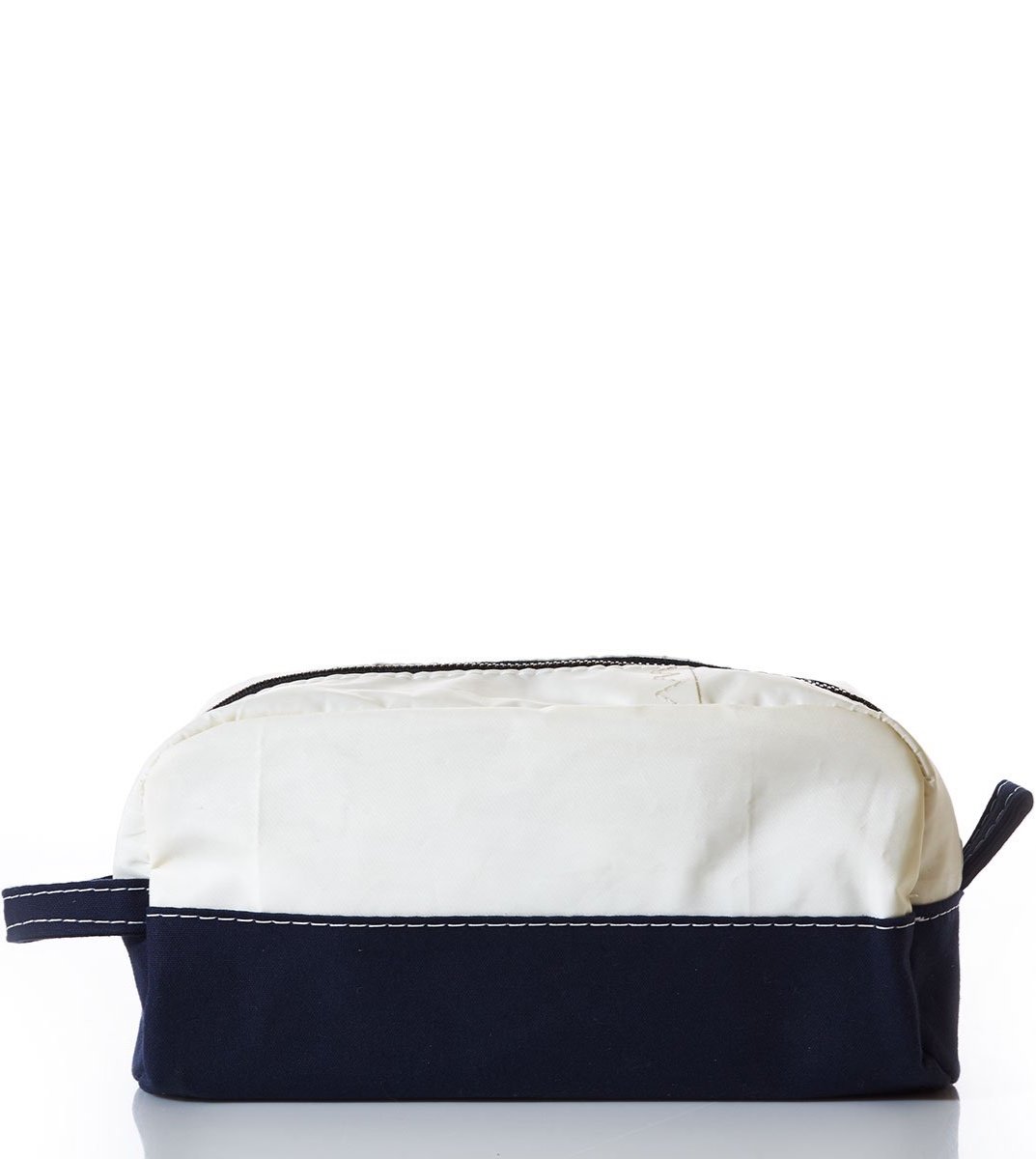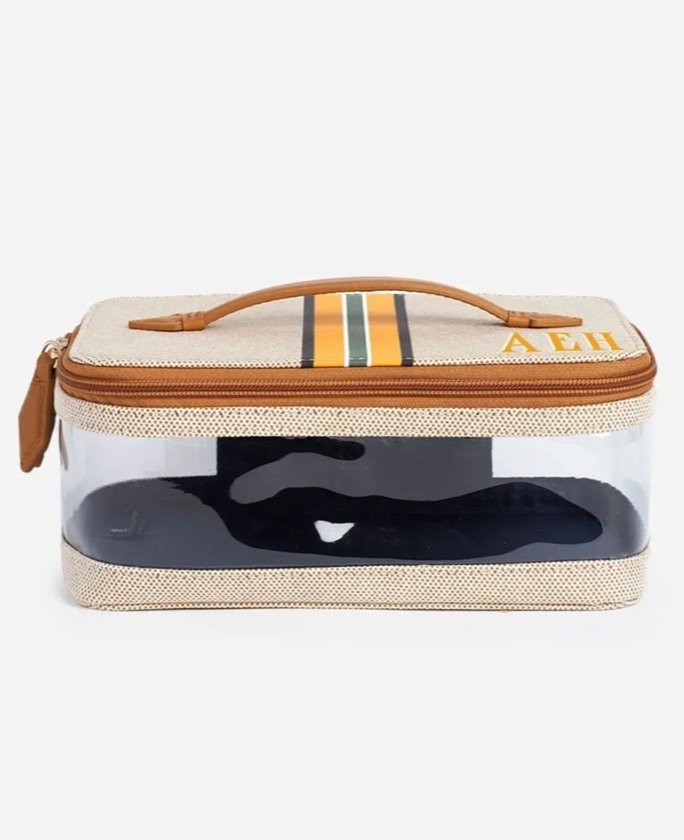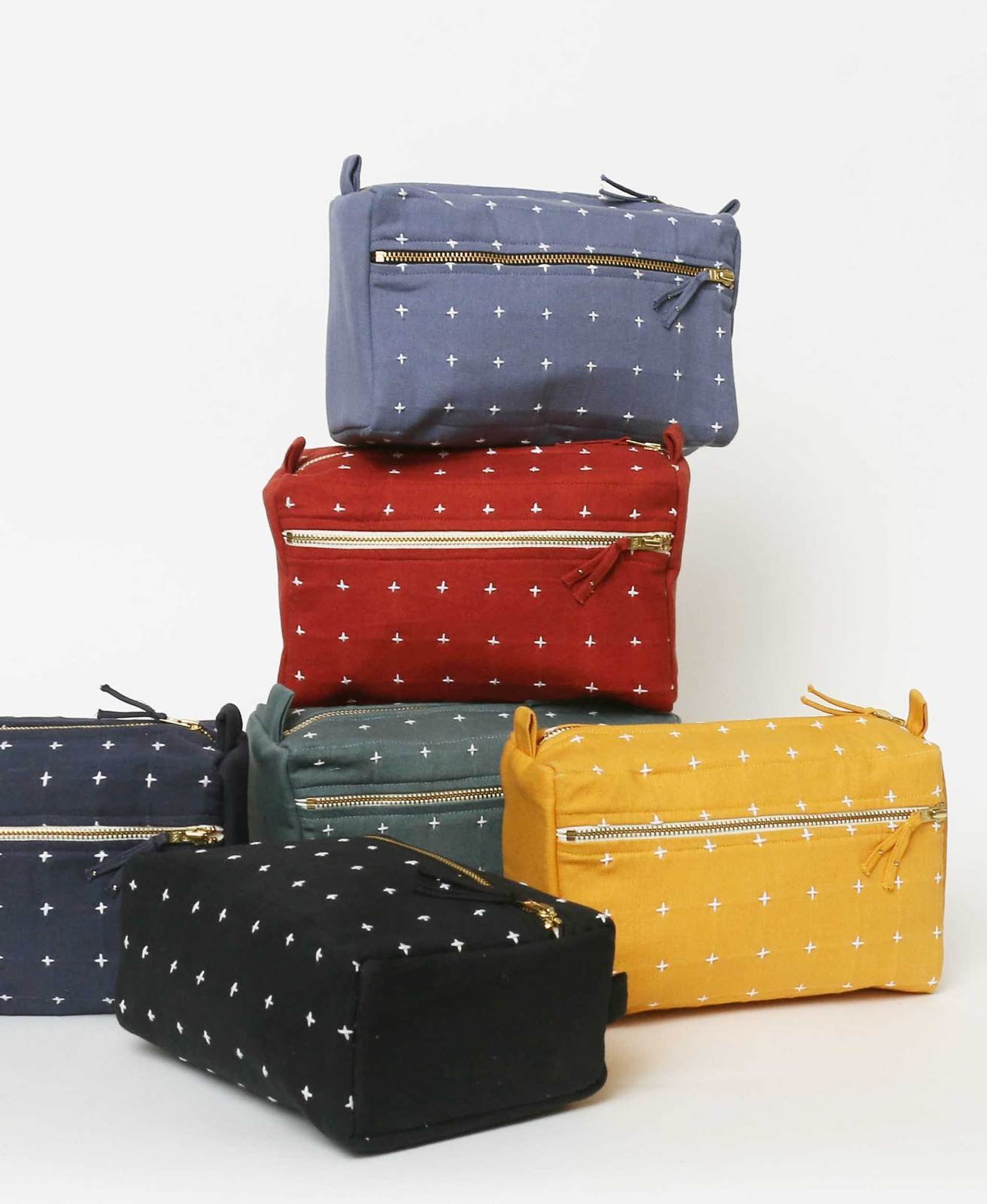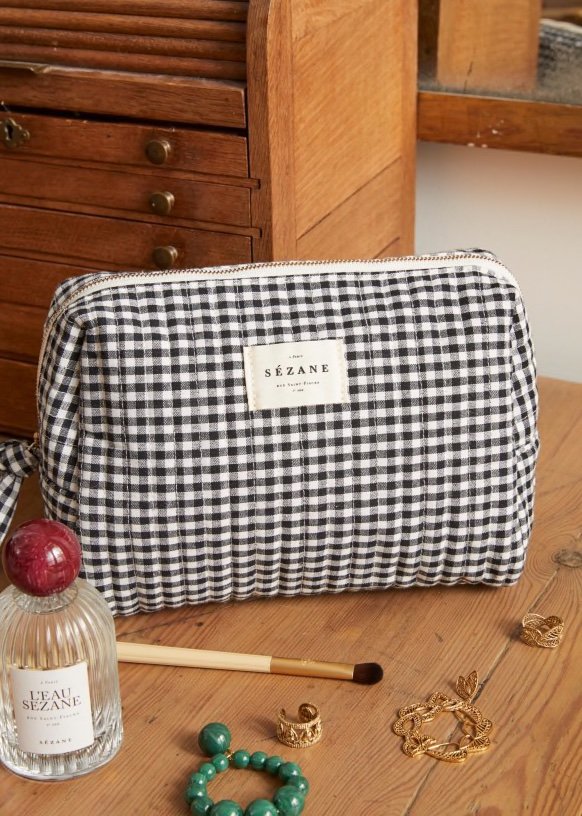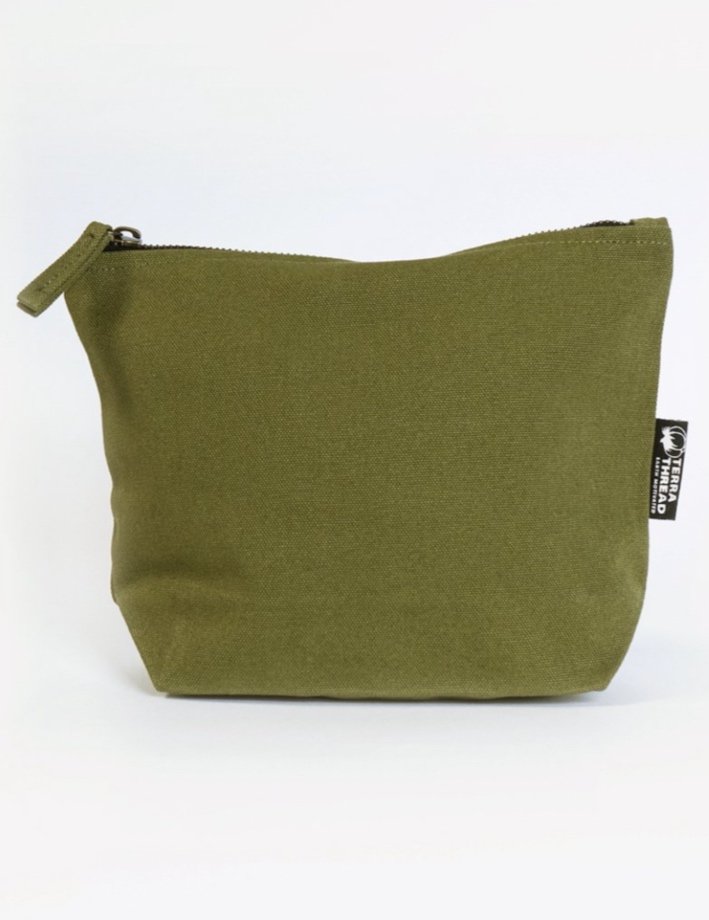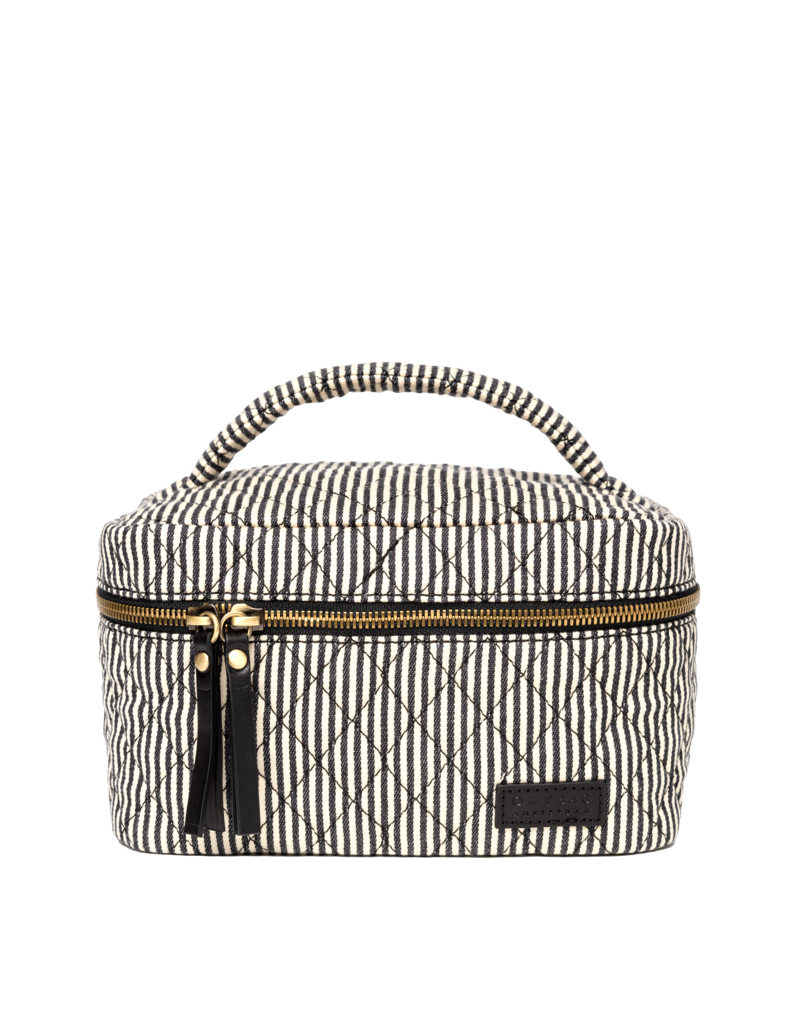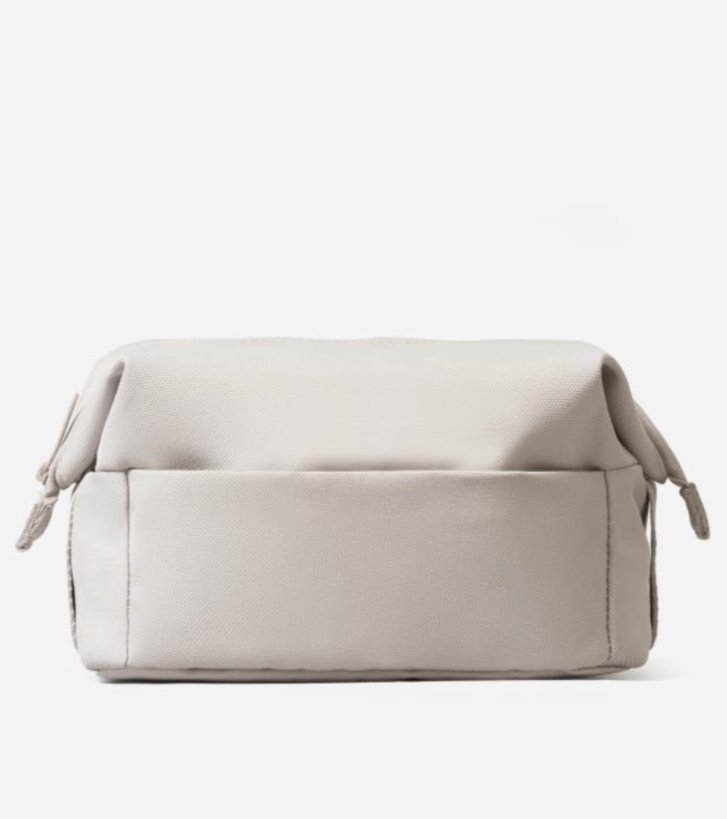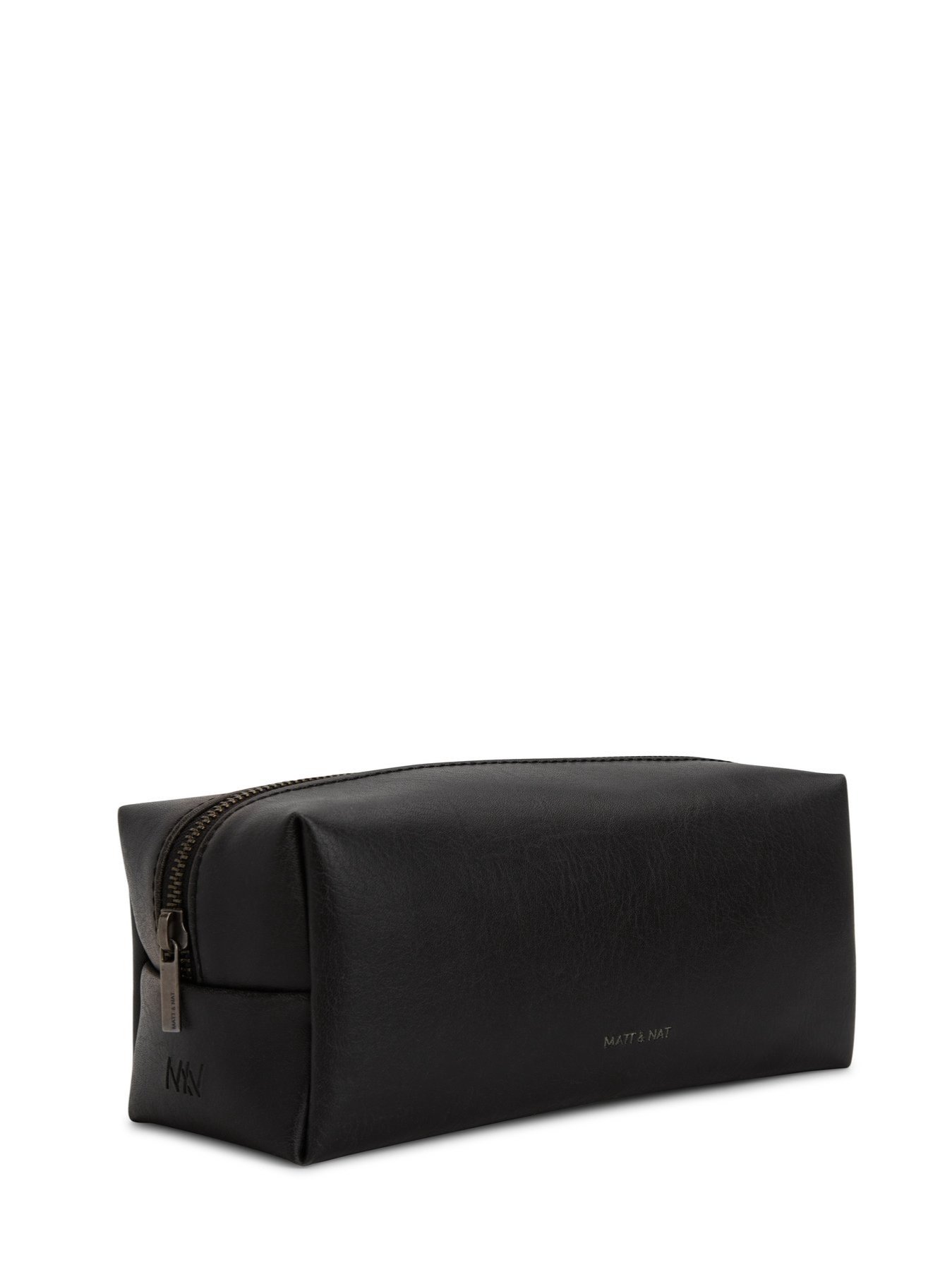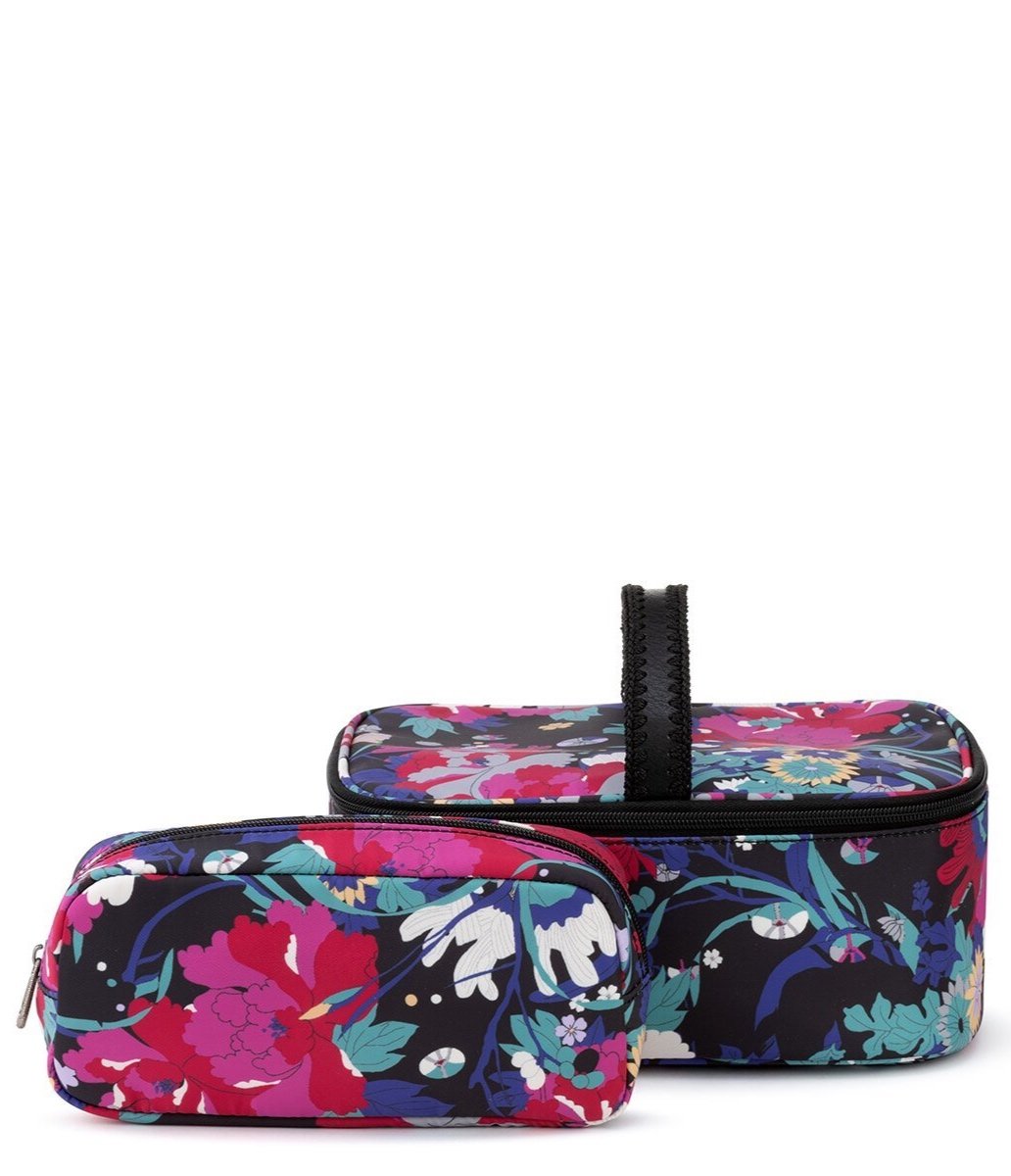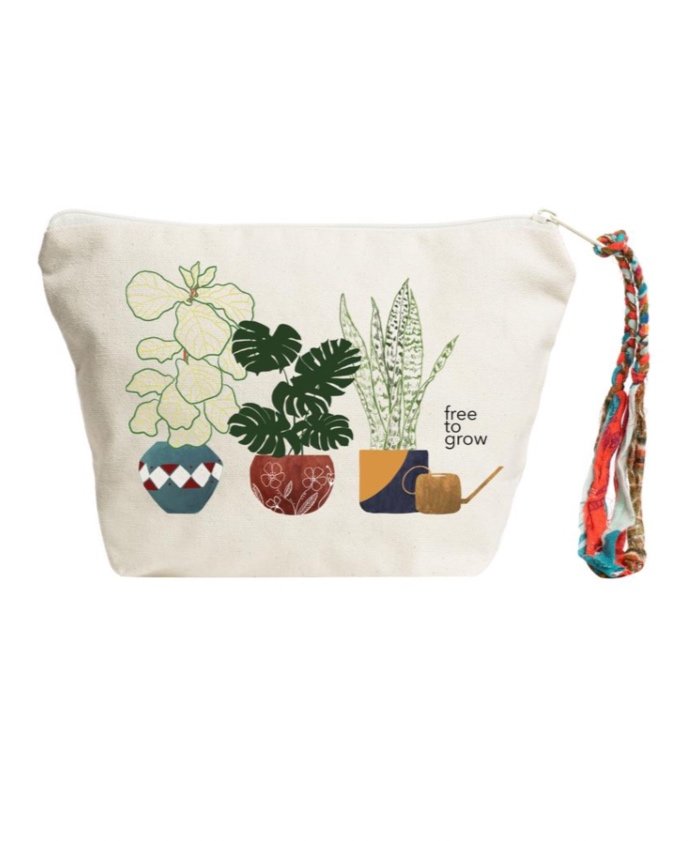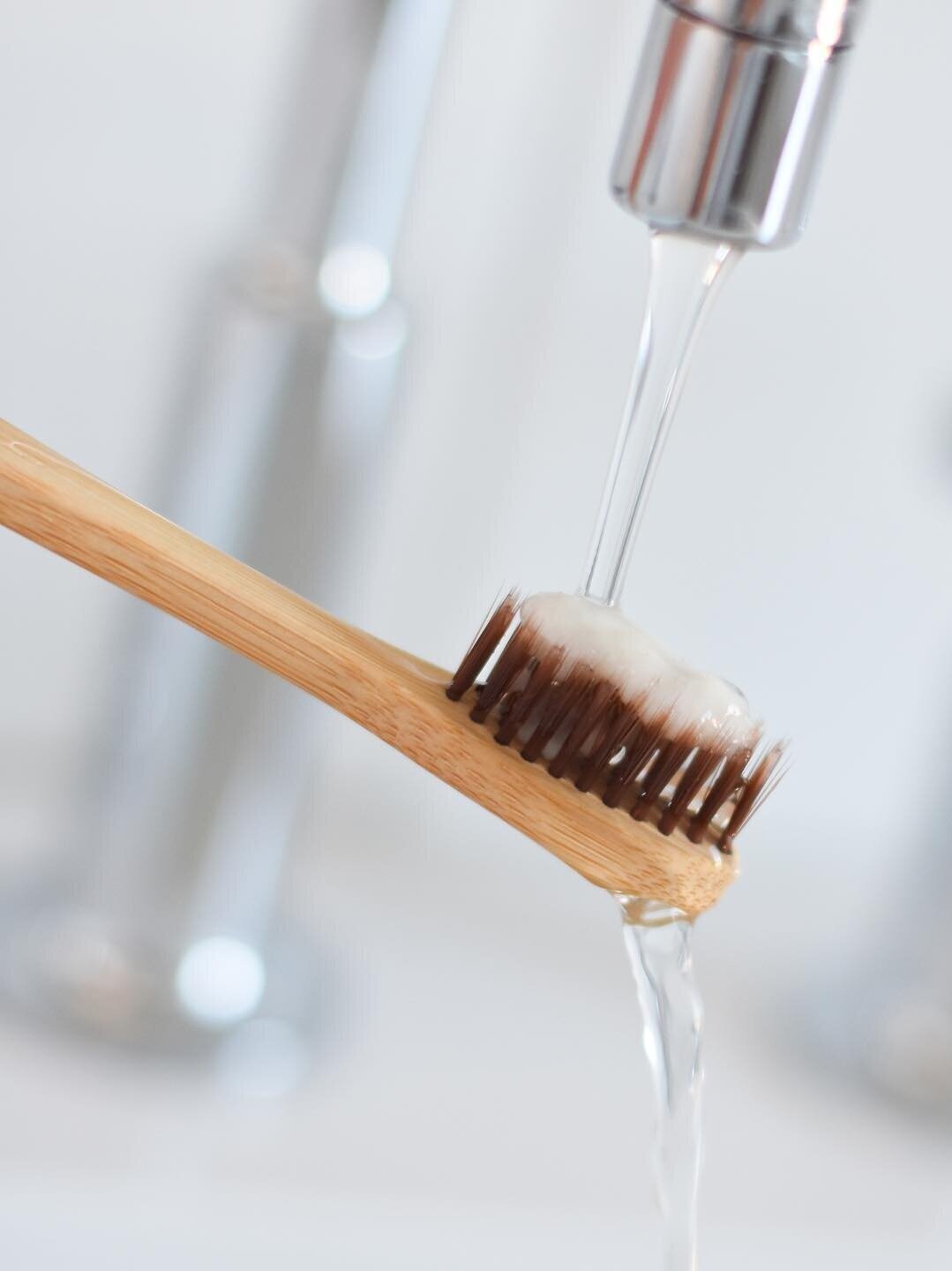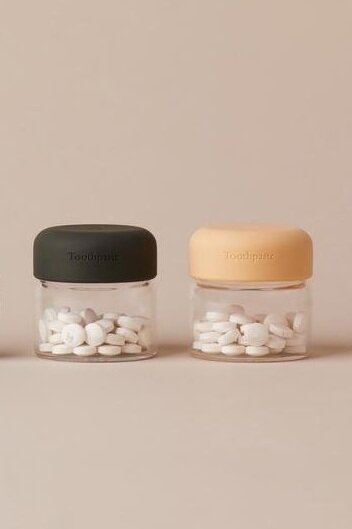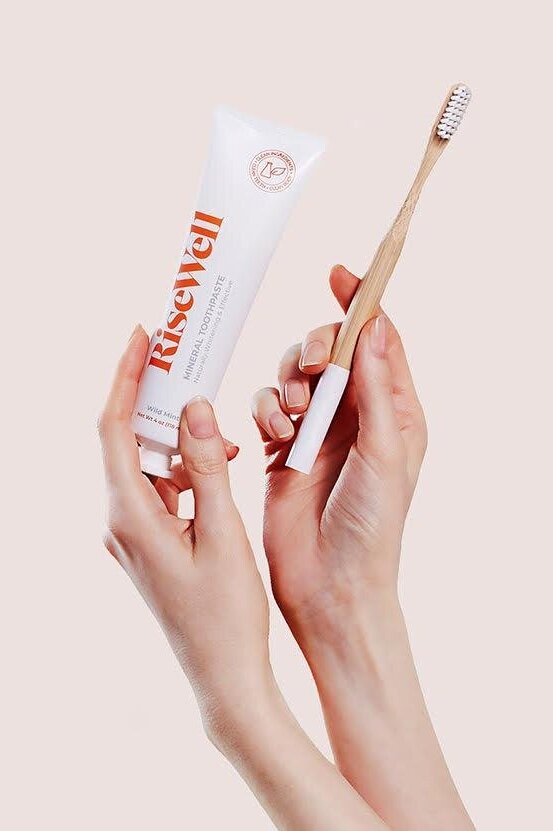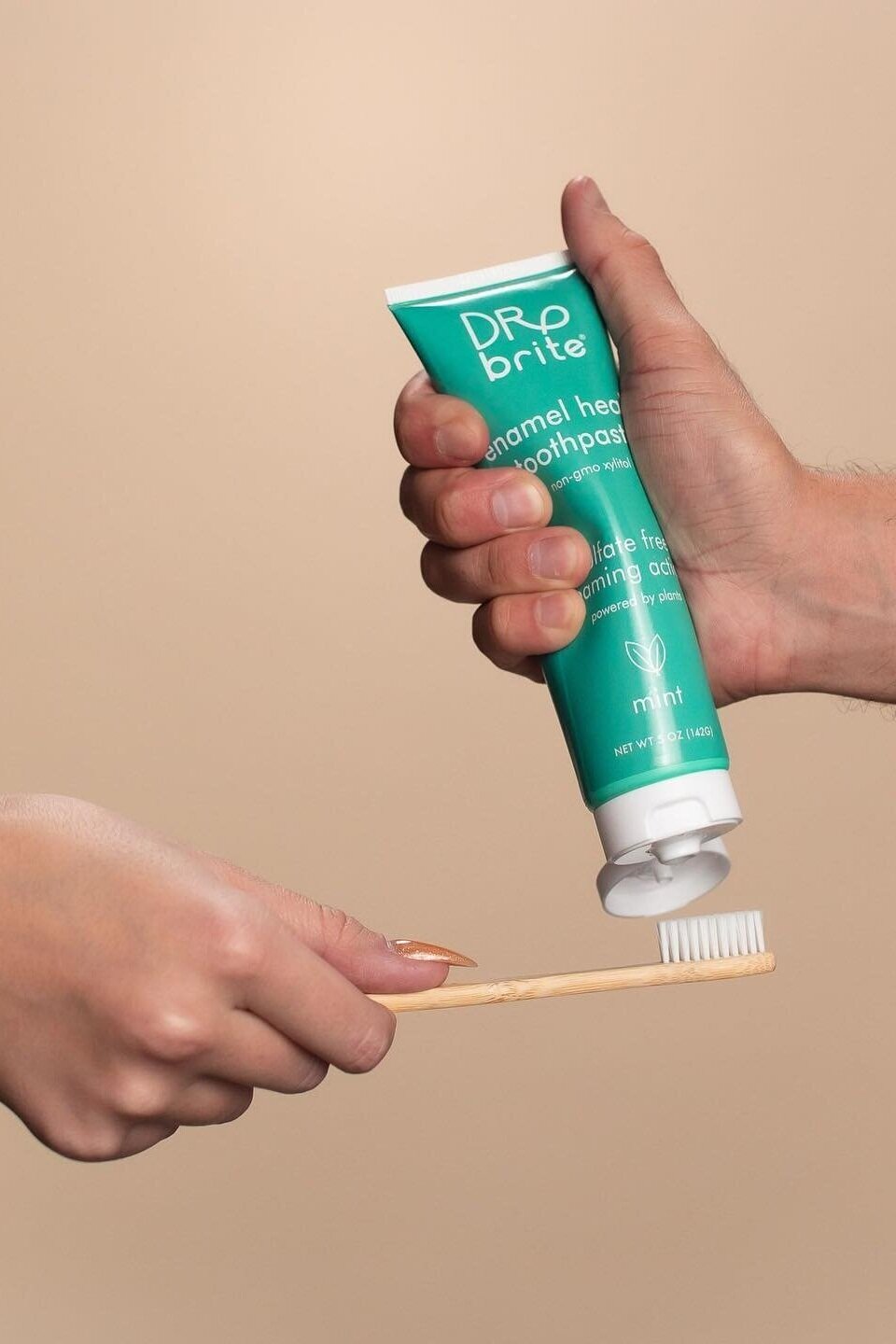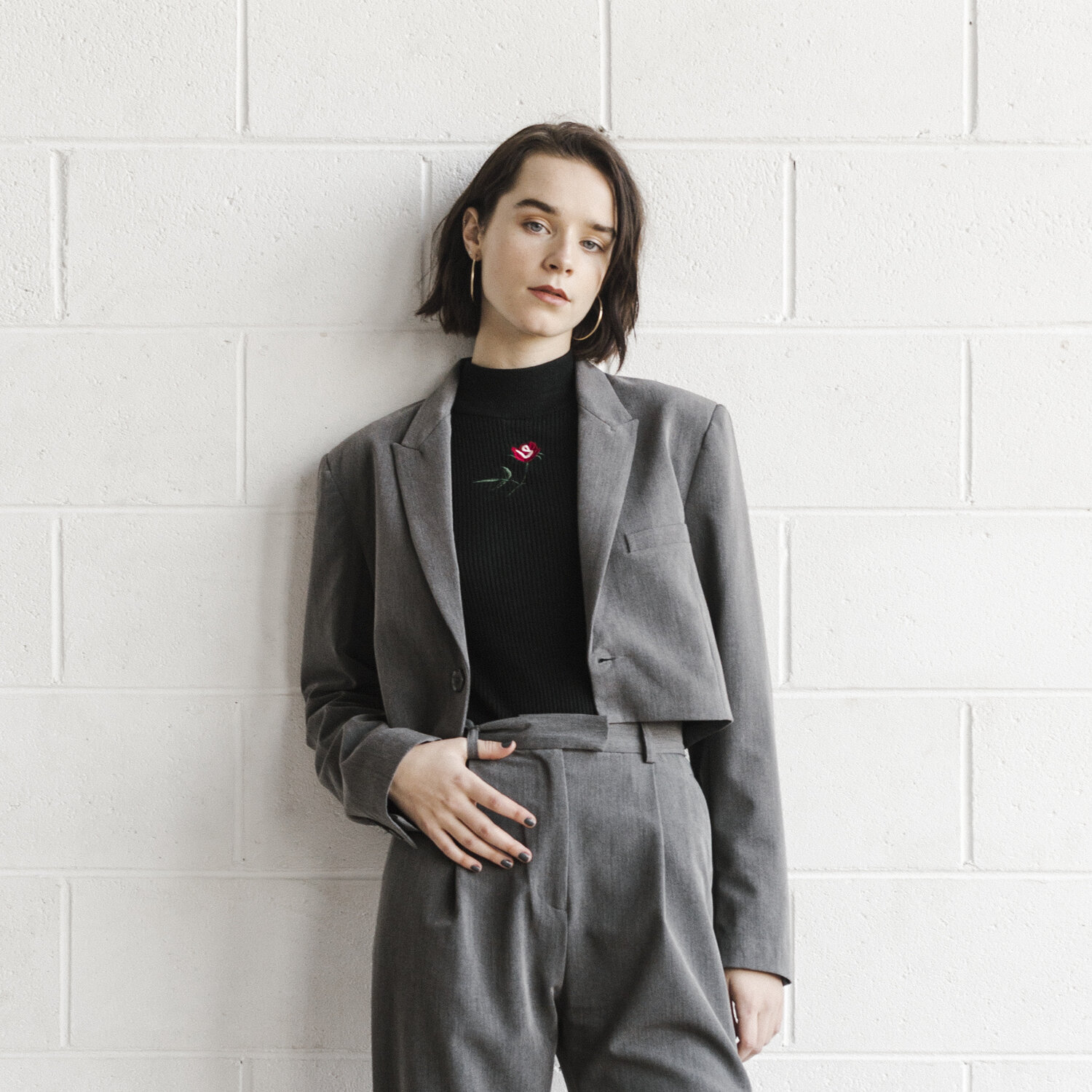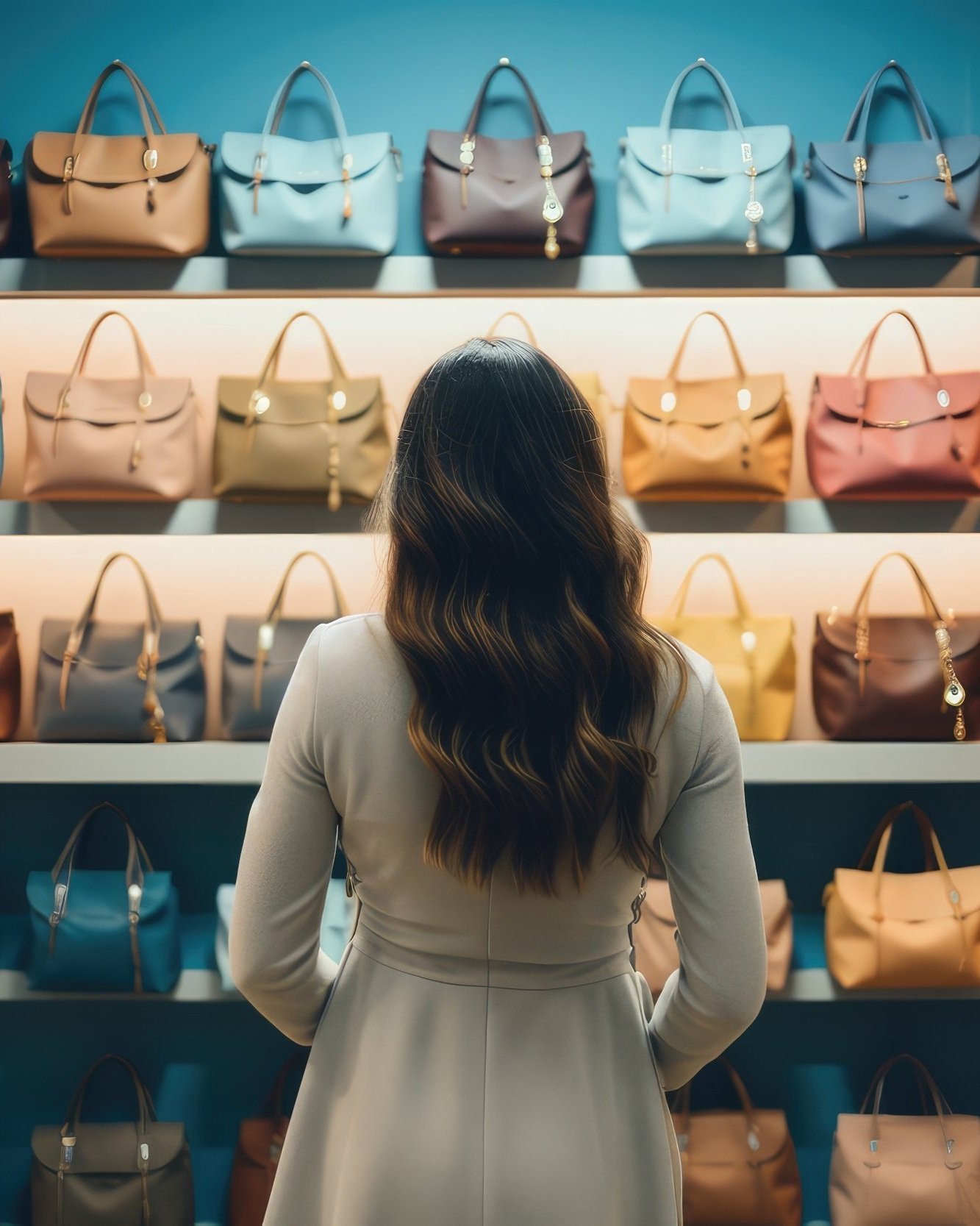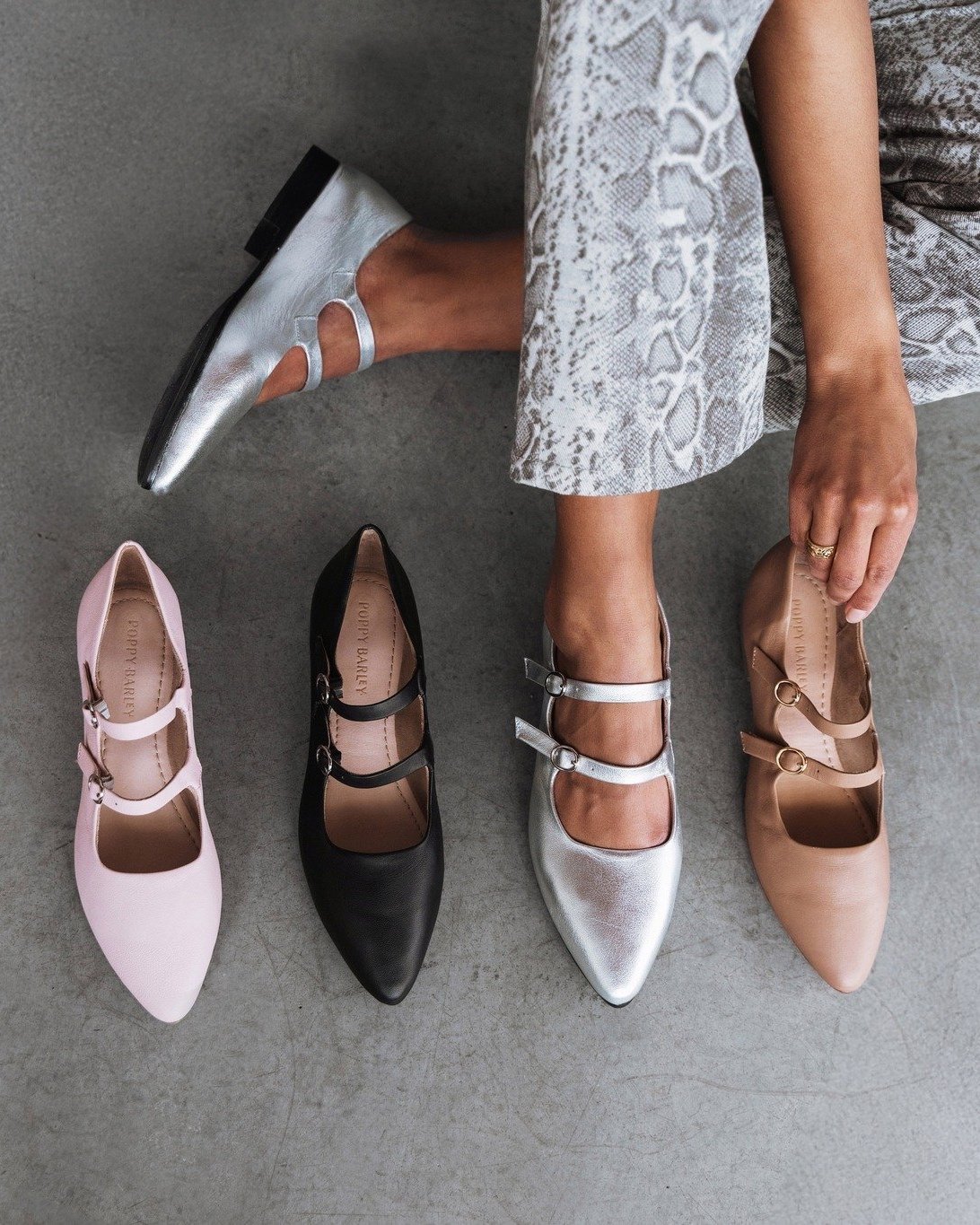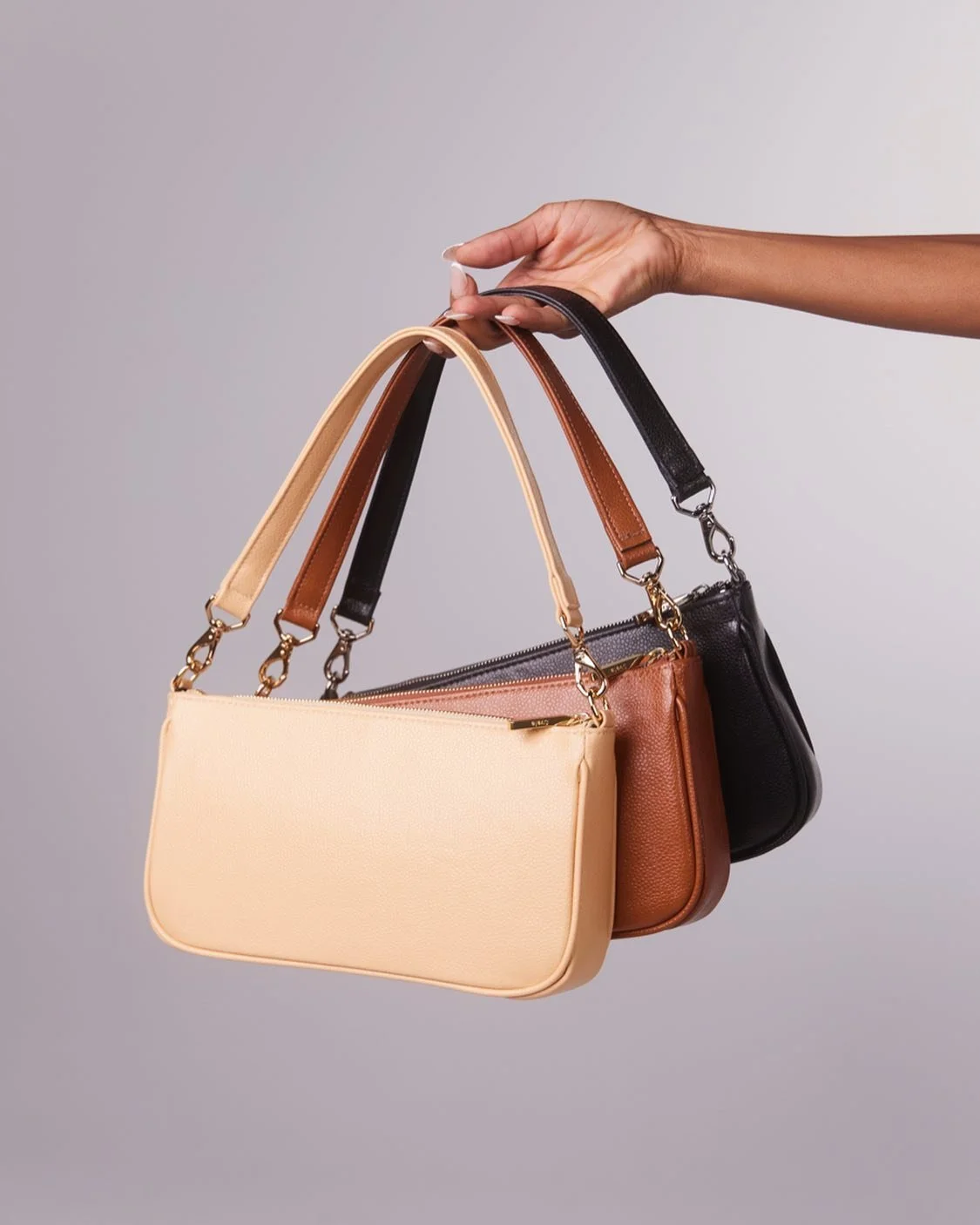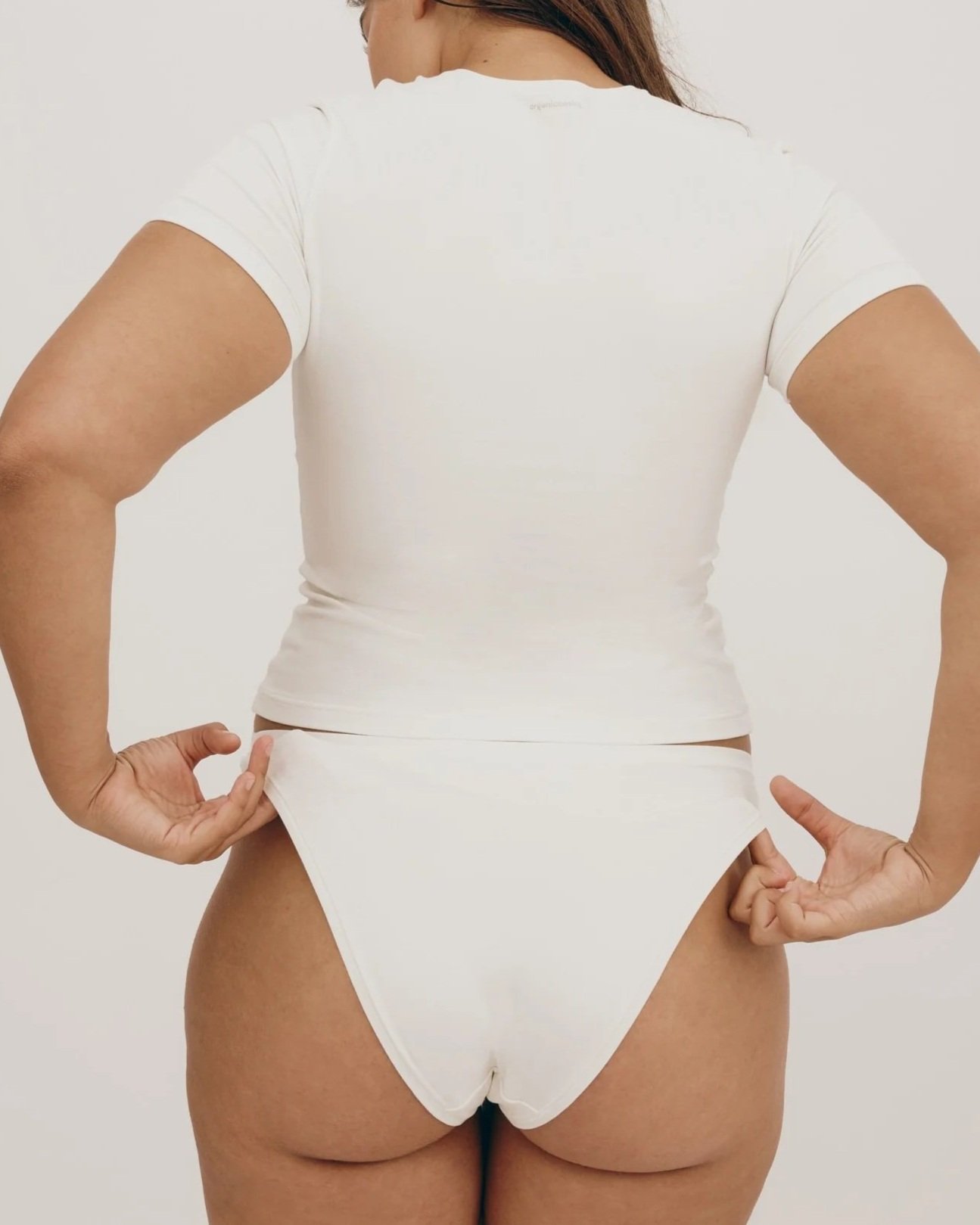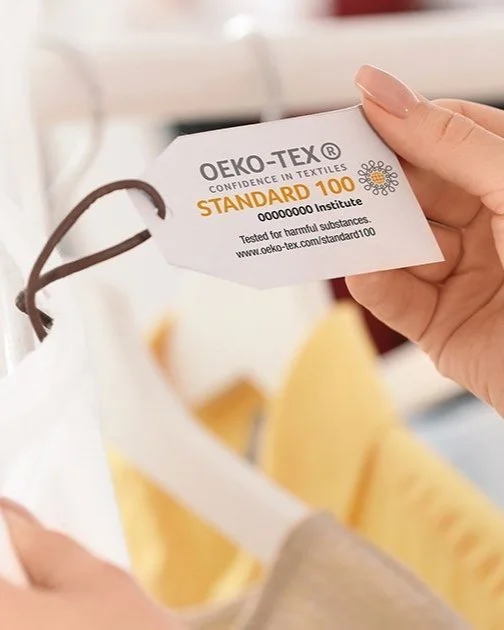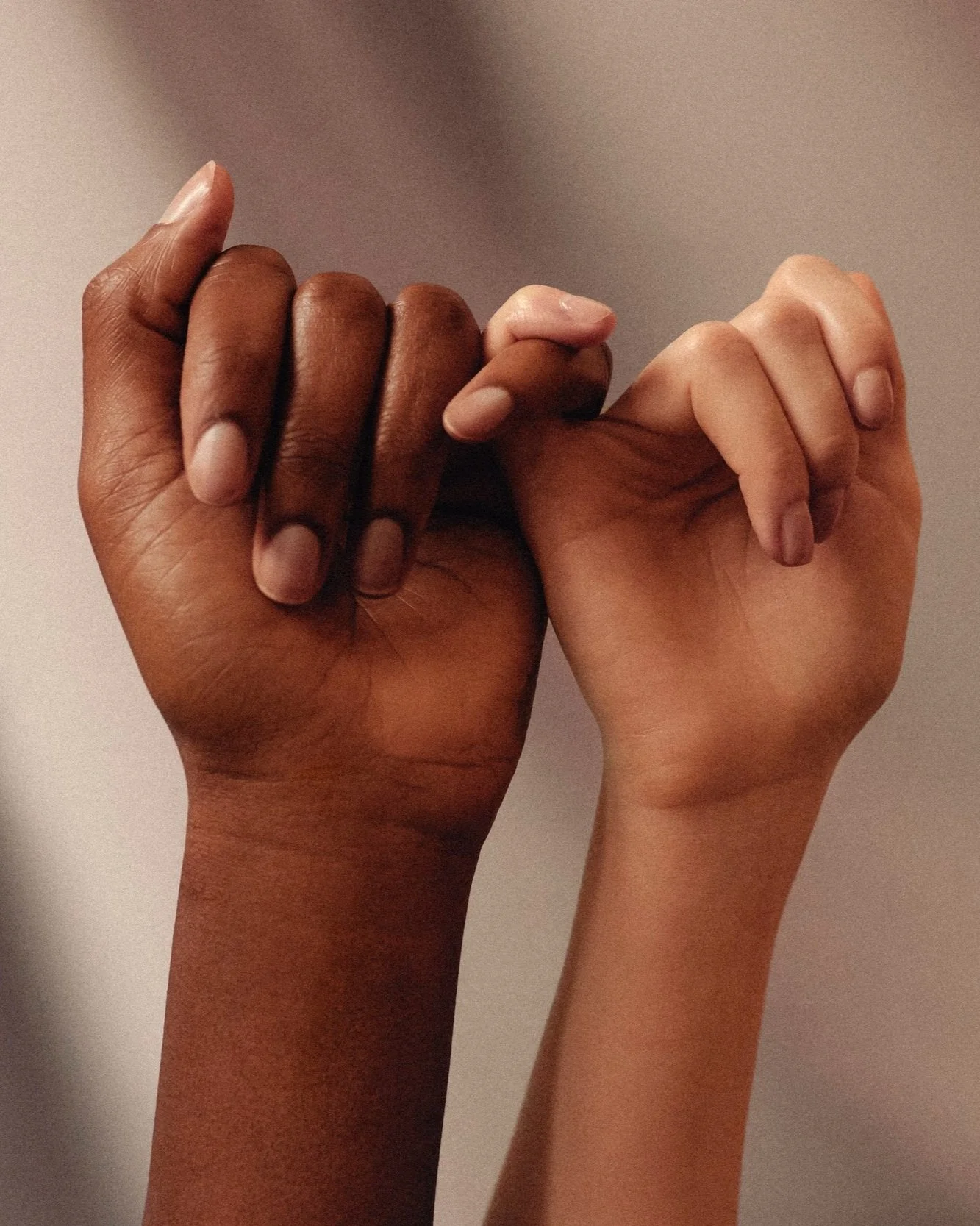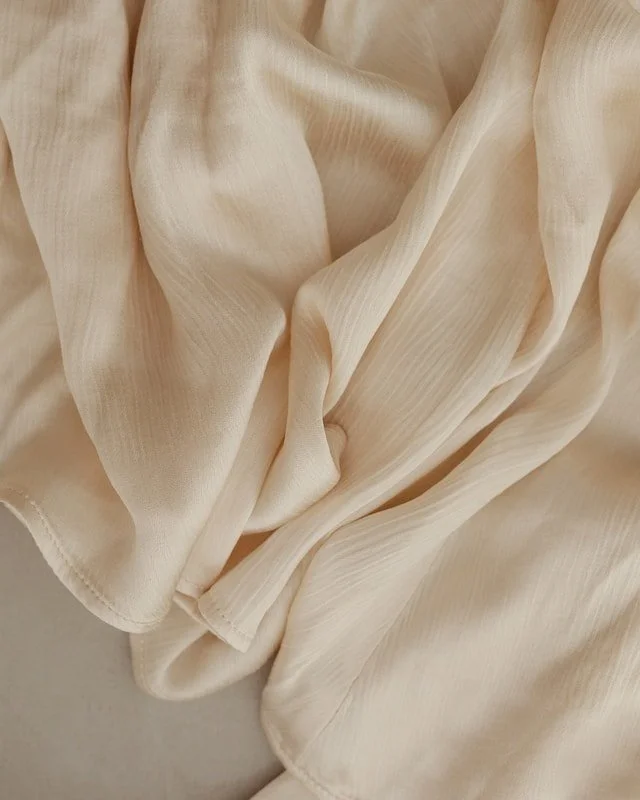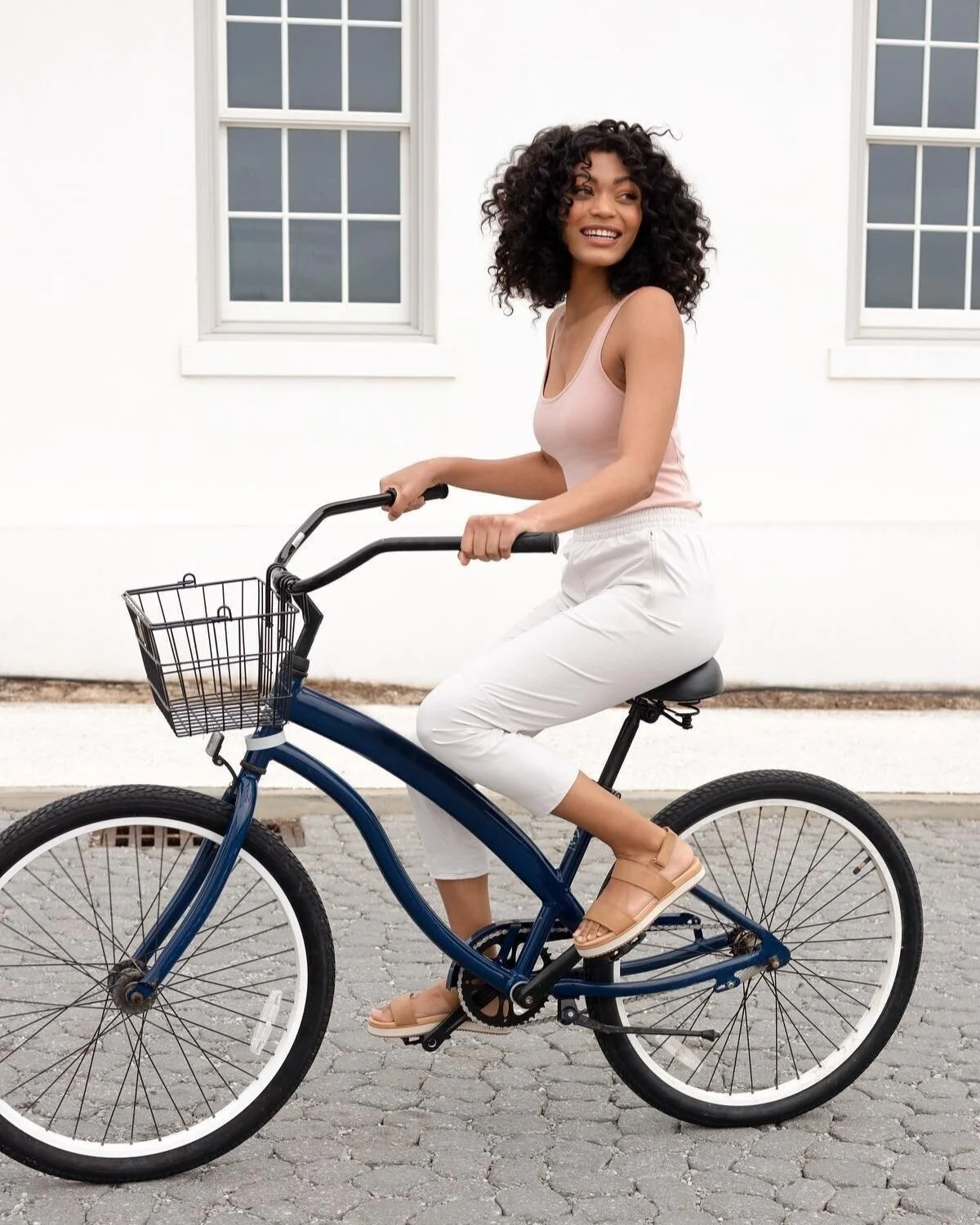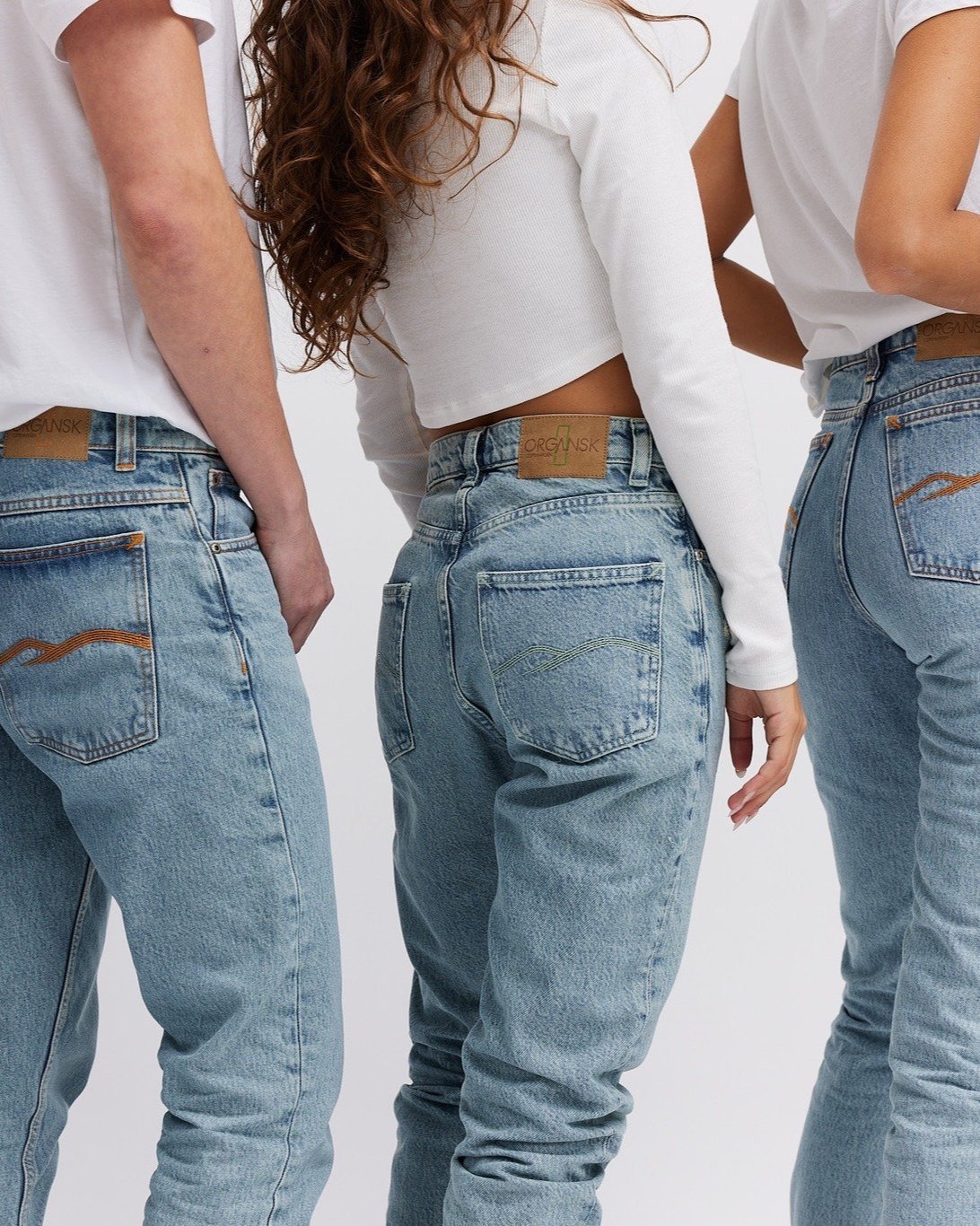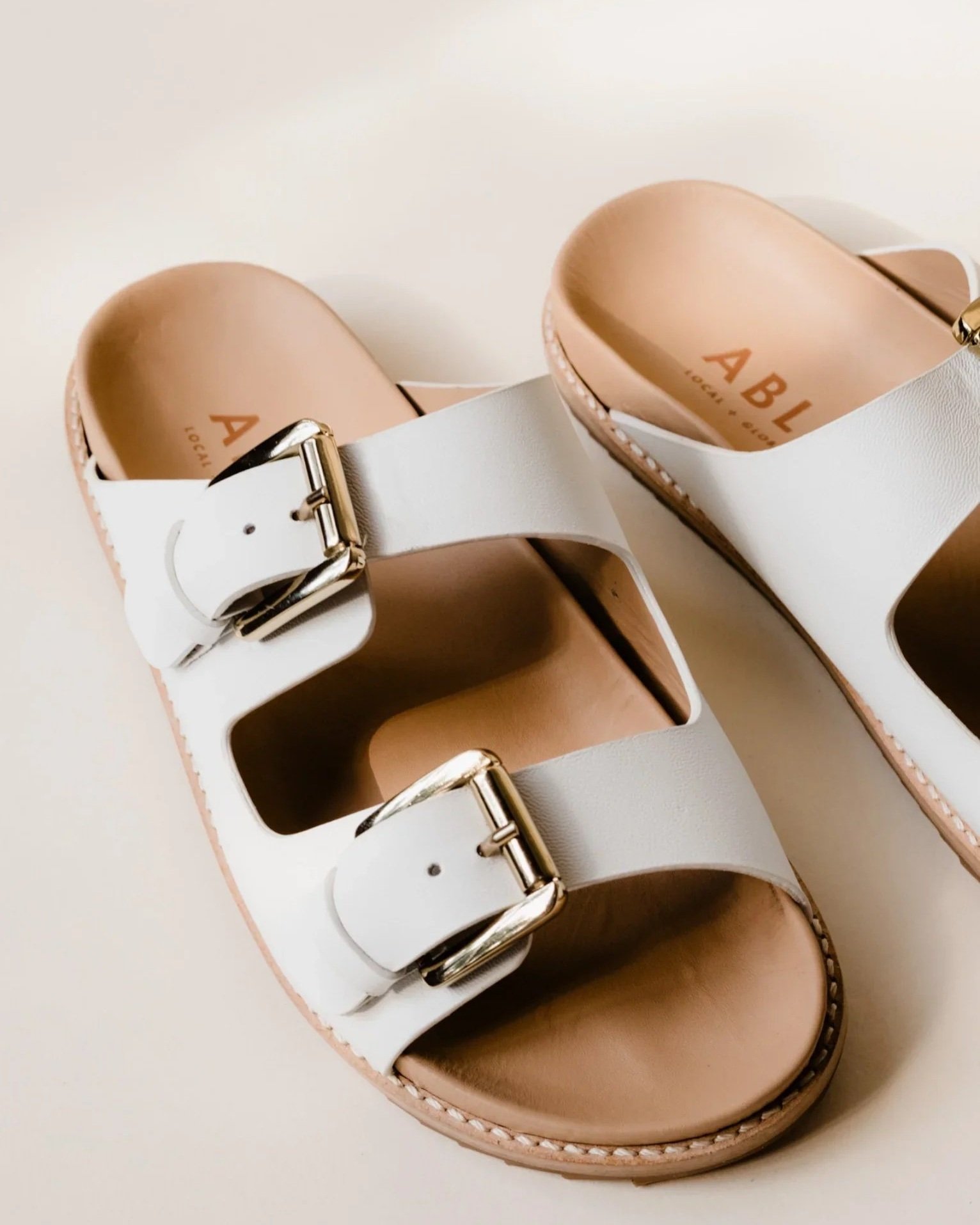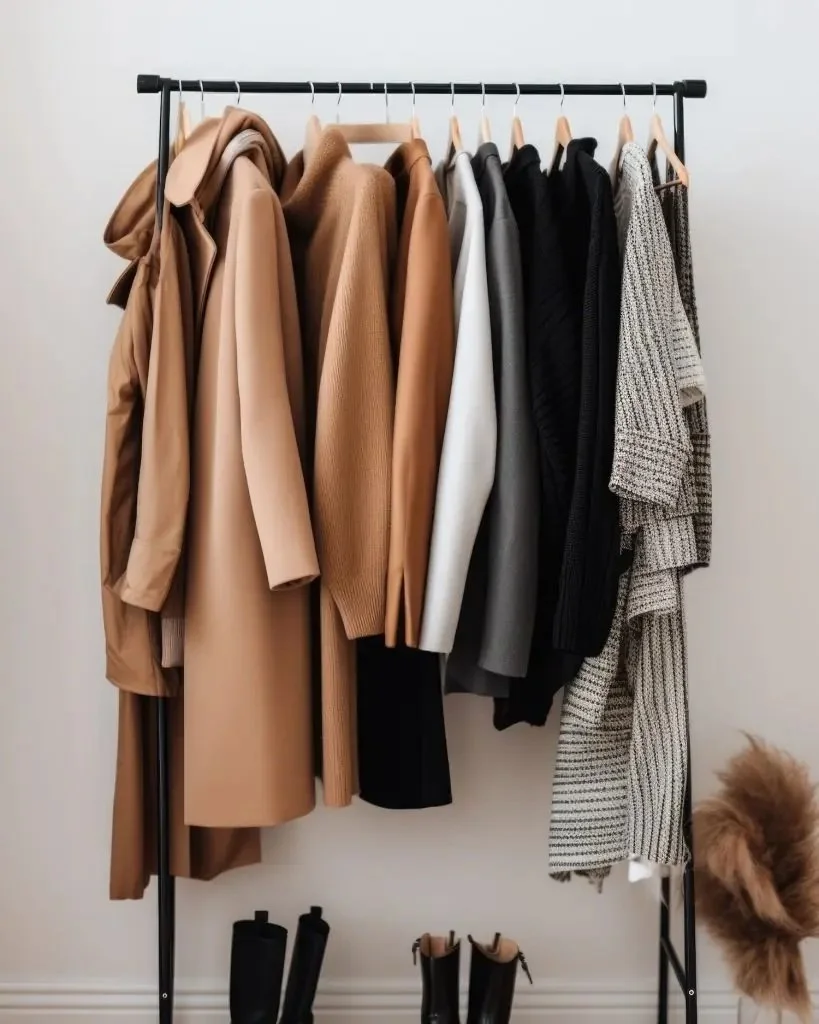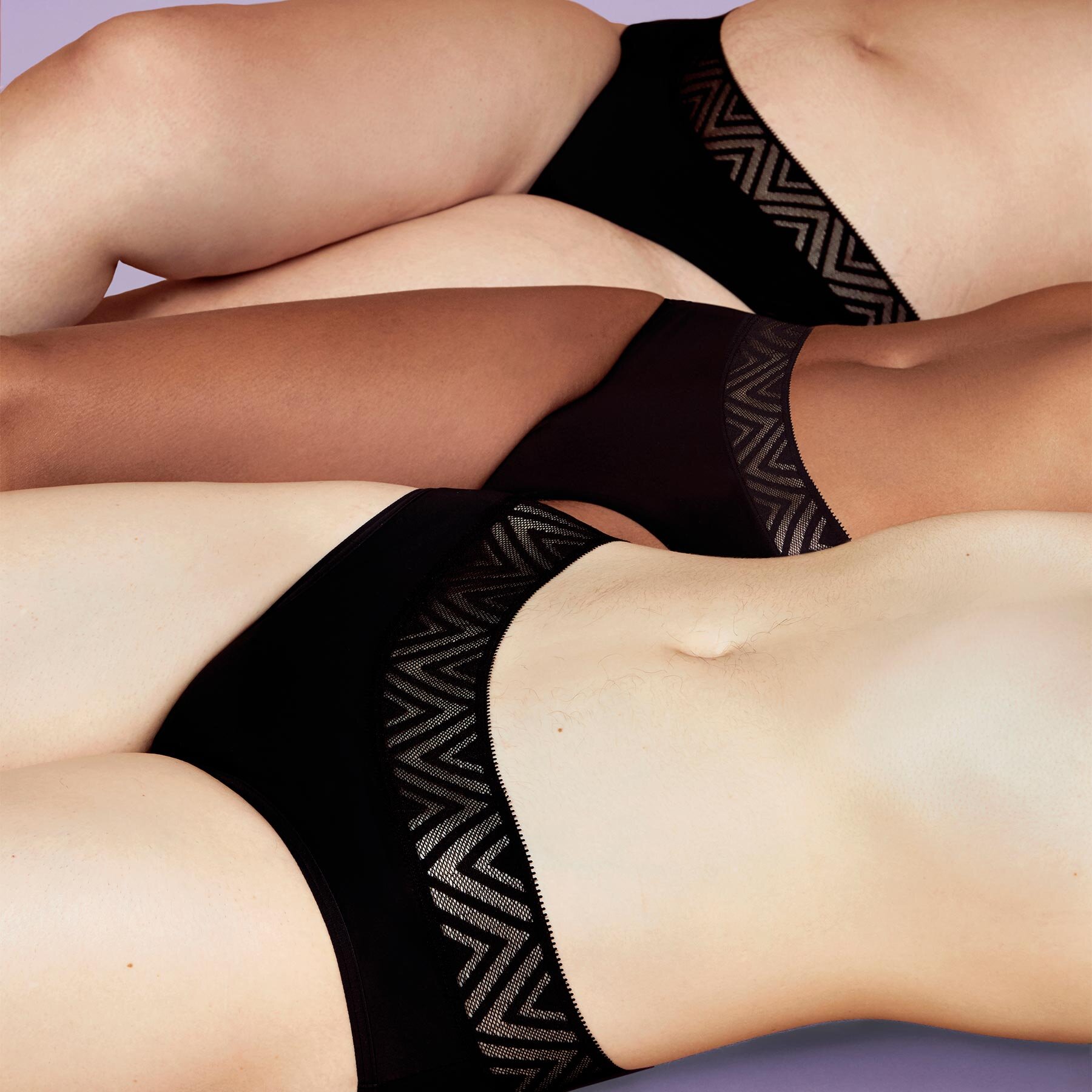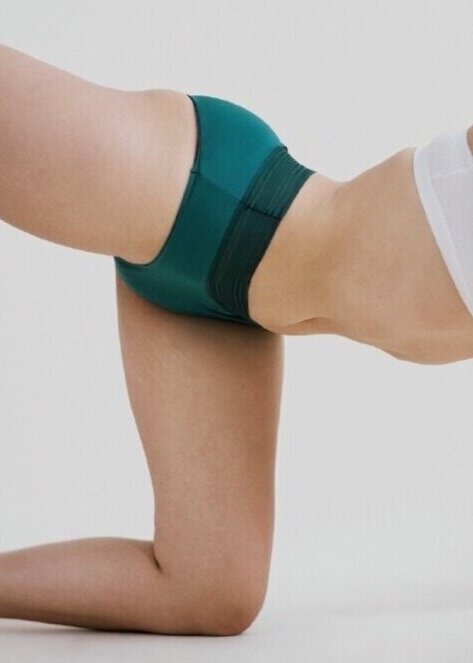Disclosure: Some of the links below are affiliated; we may earn a small commission if you click through and make a purchase. We only ever add brands & products we truly believe in. Thank you for supporting the brands who are making the fashion industry a better place!
A Guide to Clean Beauty
More people than ever are interested in personal care products that are better for them and the planet. Many now realize that what we put on our skin matters, and that traditional beauty products have long contained artificial and harmful chemicals. In the beauty industry today, we often see brands use terms like natural, conscious or clean to promote their products. But what is clean beauty and how do you know if a product is indeed better for you?
Below, we’ll break down what clean beauty means, what to look for before buying, and what to avoid.
What is Clean Beauty?
Clean beauty is a common umbrella term used to describe any cosmetic products that are made without synthetic chemicals. This includes products designed for the skin and body, from skincare to makeup to hair care.
Clean beauty doesn’t necessarily have one definition. A clean beauty brand might be vegan, organic, or biodegradable, or it may not be any of those things. The issue with not having clear criteria for clean beauty is that it opens the doors for brands to make hollow claims for marketing purposes i.e. greenwashing.
The beauty industry as a whole is largely unregulated, but If a brand uses the term clean or natural, that is not enough to verify them as a trustworthy brand. As more consumers begin to prioritize sustainable products, brands understand that they need to appear “clean and green” to sell. Brands also know that consumers often take terms at face value, and may not know how to research or verify these claims.
If you’re looking for sustainable beauty products that are healthier for both you and the planet, a good place to start is to know what you’re looking for. You can then understand whether or not a brand aligns with your values.
Common Terms Used for Clean Beauty and What They Mean:
There are numerous additional terms that clean beauty brands will use to verify that they are trustworthy brands. It’s a great sign that a brand is sustainable if they fit the criteria below.
However, as you’ll notice, many of these terms are widely unregulated. It’s important to always do your research when a brand claims any of the below labels as they could still be making false statements.
Third-party certifications are a great thing to look for because they help verify that a brand does what they say they do. It’s important to note that not every brand has access to these certifications, however. Not all certifications are globally available and many charge a significant fee to become certified. This makes it difficult for small businesses to obtain.
While third-party certifications are a good sign, if a brand doesn’t have one, it doesn’t necessarily mean they are making false claims. Always look for transparency from the company on their ingredients and manufacturing so you can do your research to verify their claims.
Organic:
Organic means that something was grown without any pesticides, chemicals, or artificial fertilizers. If a brand claims to be organic, look for organic certification or transparency on where and how their organic ingredients were sourced.
Non-GMO:
GMO stands for genetically modified organisms. If a brand states they are non-GMO they are claiming their product contains only natural ingredients. Look for Non-GMO verifications or organic certifications to back this up.
Non-Toxic:
This essentially means none of the ingredients included have been proven to cause harmful responses in humans. To verify this, check the ingredients list and research anything that you don’t recognize.
Chemical-Free:
Nothing can truly be chemical-free, but this term is meant to describe products that don’t contain any harmful chemicals. You’ll need to read and research their ingredient list to ensure this is a valid claim.
Vegan:
Vegan skincare products should not contain any ingredients that are animal-derived or from animal by-products. Look for certified vegan products and always double-check the ingredient list.
Cruelty-Free:
This means a product was manufactured in a way that doesn’t involve harm to animals or animal testing. Look for third-party certifications such as Leaping Bunny Certified.
Sustainable:
Sustainable products do not harm people or the environment. Sustainable brands will be as transparent about their ingredients are they are about how and who manufactures their products. They should disclose the working conditions of their employees, including the farmers who source their ingredients.
Eco-friendly:
Eco-friendly beauty products are products that do as little harm as possible to the environment. This means using primarily eco-friendly ingredients and manufacturing in a way that conserves resources. Look for brands that are transparent about their manufacturing process and how they reduce waste.
Zero-Waste:
Zero-waste means a product was made in a way that generates as little waste as possible. Zero-waste products should use recyclable or recycled packaging or none at all. Their ingredients should also be biodegradable. Examples of zero-waste products are natural lotion bars that use compostable packaging.
Biodegradable:
A biodegradable beauty product contains ingredients that will quickly break down and not harm the natural environment. Look for the biodegradable label and research the ingredient list to ensure there are no hidden artificial ingredients.
Plant-based:
Plant-based beauty products are made from ingredients that are derived from plants, such as plant oils and extracts. Brands may also use the term botanical to describe this. These products tend to be vegan, without harmful chemicals, but remember to research the ingredient list to confirm.
Common Toxic Ingredients to Avoid in Cosmetics:
Traditional beauty brands use numerous synthetic ingredients that are harmful to humans and the planet. Because the beauty industry is largely unregulated, there are thousands of harmful ingredients that companies have been allowed to use for years without any consequences.
Why does this matter? Because these ingredients have been linked to cancer, respiratory issues, hormone disruption, and numerous disorders. What we put on our skin is directly absorbed by our bodies, which is why it’s important to prioritize sustainable products.
While the above information will greatly help you vet sustainable beauty brands, it does require some research. The easiest way to ensure that a product is safe to use is to confirm that it doesn’t have any of the following chemicals:
Parabens:
Parabens are extremely common in beauty products and are used as preservatives. Unfortunately, parabens are endocrine disruptors that negatively impact both humans and animals.
Phthalates:
These chemicals are commonly used in beauty products that contain fragrance or nail polish. They are also linked to endocrine disruption. Phthalates can be labeled as DMP, DEP, DBP, and DEHP.
Artificial Fragrance:
Most fragrances found in beauty and household products are made up of numerous chemicals. Since you don’t know what it’s made of, you can’t research how it may affect you. Try to steer clear of any products that include fragrance on their ingredient list and look for non-toxic options instead.
Formaldehyde:
Formaldehyde is a commonly used gas that acts as a preservative. Unfortunately, despite how often it’s used, it is a known carcinogen at high levels of exposure and can act as a skin irritant.
Petrolatum:
Petrolatum, i.e. petroleum jelly, isn’t unsafe when it’s properly refined. Many petroleum-based products, particularly in the US, are not properly refined. If they aren’t, they may contain PAHs, which are toxic chemicals and suspected carcinogens. The only way to ensure petrolatum is safe for use is for brands to be transparent about their refinery history which isn’t required in the U.S.
BHA/BHT:
These are both common chemicals used as preservatives in food and beauty products. They are suspected carcinogens however as well as skin irritants and endocrine disruptors.
Ethanolamines:
These chemicals are often used in skincare products and act as preservatives and foaming agents (what makes your shampoo sudsy). They have been linked to cancer, however, so it’s best to avoid them.
What About Ethically and Sustainably Sourcing Ingredients?
Some natural ingredients are in high demand and sourcing these products has become exploitative. One of the most common examples of this is palm oil.
Palm oil is a natural vegetable oil that is extremely shelf-stable and versatile. As such, it’s found in almost every product you can think of - from beauty products to food products. Due to this high demand, it is now causing deforestation of crucial habitats and forests. Palm oil plantations are also notorious for using unethical labor, such as slave and child labor.
Palm oil is a great example of a plant-based, natural ingredient that has become largely unsustainable. This is why brands need to be transparent about their ingredient list and their sourcing. There are numerous commonly used natural ingredients whose value will only increase as the demand for sustainable products rises.
Ensuring that brands are sourcing their products in a way that doesn’t involve unethical labor, environmental damage, or hazardous production will help combat continuous exploitative sourcing.
What to Look For From Clean Beauty Brands Before Buying:
Overall, if you’re trying to avoid greenwashing, there are a few things you should look for before buying into a beauty brand's claims. Ask yourself (and the company) the following questions:
What claims do they make? Do they have any information available that backs up these claims?
What are the ingredients? Beauty products list the ingredients from most to least used. Take into consideration what the first ingredients are and how many ingredients there are in total.
How transparent are they? Do they provide information on how they manufacture their products, and where? Do you know who runs the company?
Do they have any relevant third-party certifications?
Do they include enough information to back up each green claim? Or are they only using vague, marketable statements?
If they use clean ingredients, are they also a sustainable company? Is their manufacturing process eco-friendly? Do they use sustainable packaging? Do they pay their staff a fair wage? Do they give back?
When you look them up, what comes up? Do any trustworthy organizations vouch for them?
image: Organic Skin Co.
About the Author
Alicia Briggs is a writer & editor specializing in slow travel & sustainable living. She has been a full-time traveler since 2018 and runs her own blog, Learning the Local Way, where she covers responsible travel tips and guides.
MAKE SURE TO PIN THE PHOTO BELOW TO SAVE THIS POST FOR LATER!
WANT MORE SUSTAINABLE BRANDS? VISIT OUR BRAND DIRECTORY!
Our Brand Directory is home to hundreds of sustainable brands, from makeup to cleaning supplies, from underwear to shoes. We have broken everything down by category for easy shopping, along with discount codes unique to Sustainably Chic viewers.

